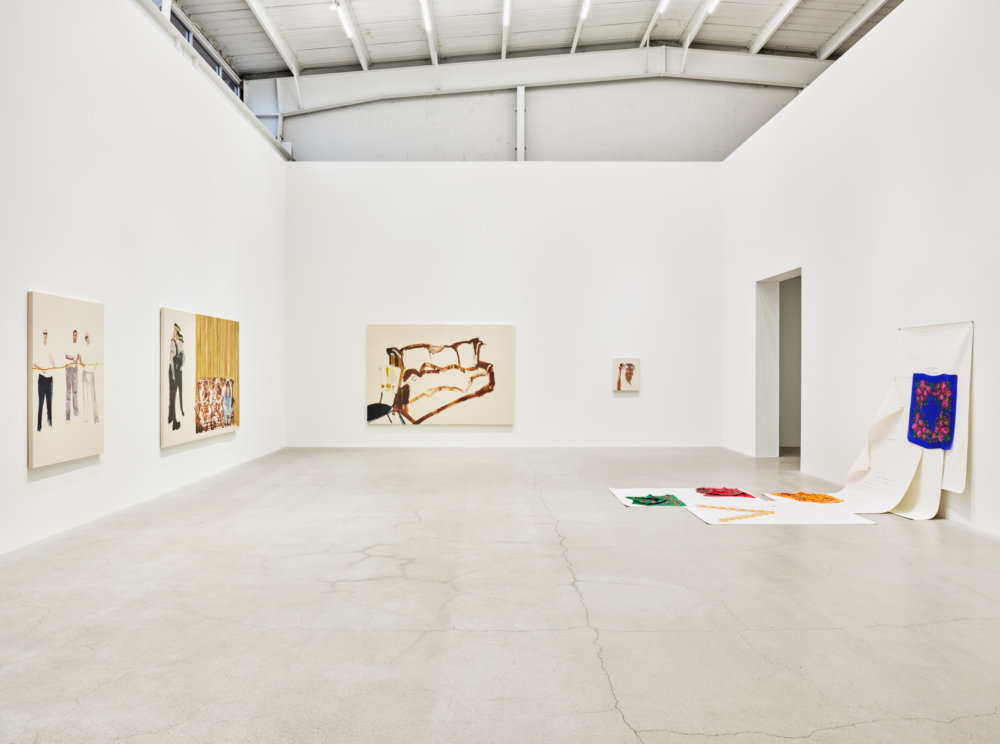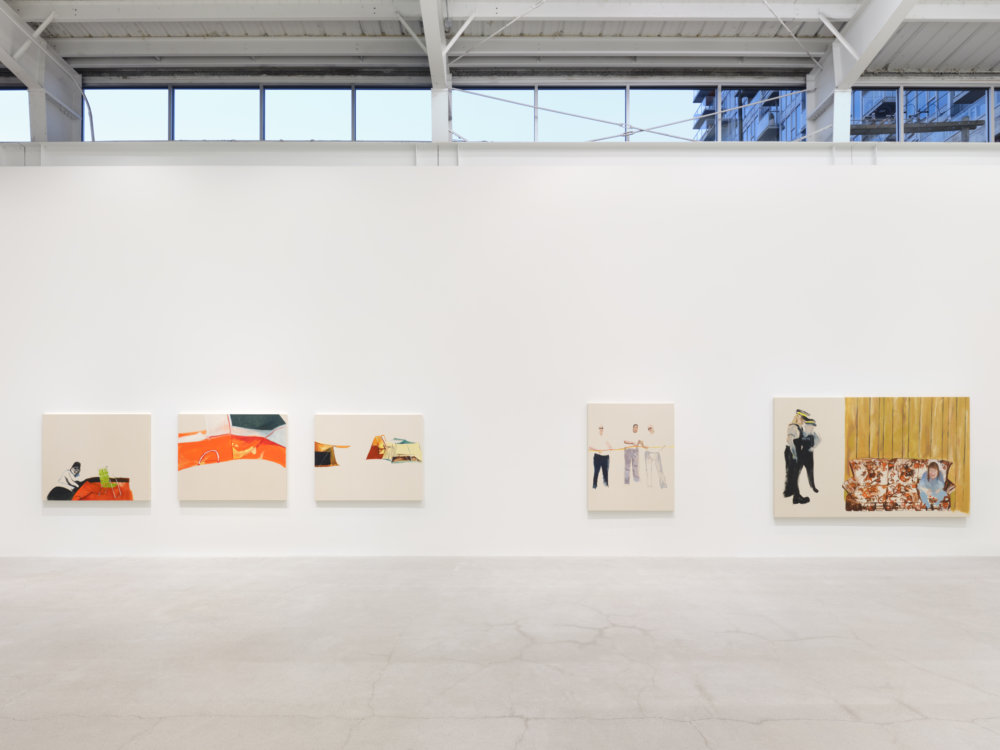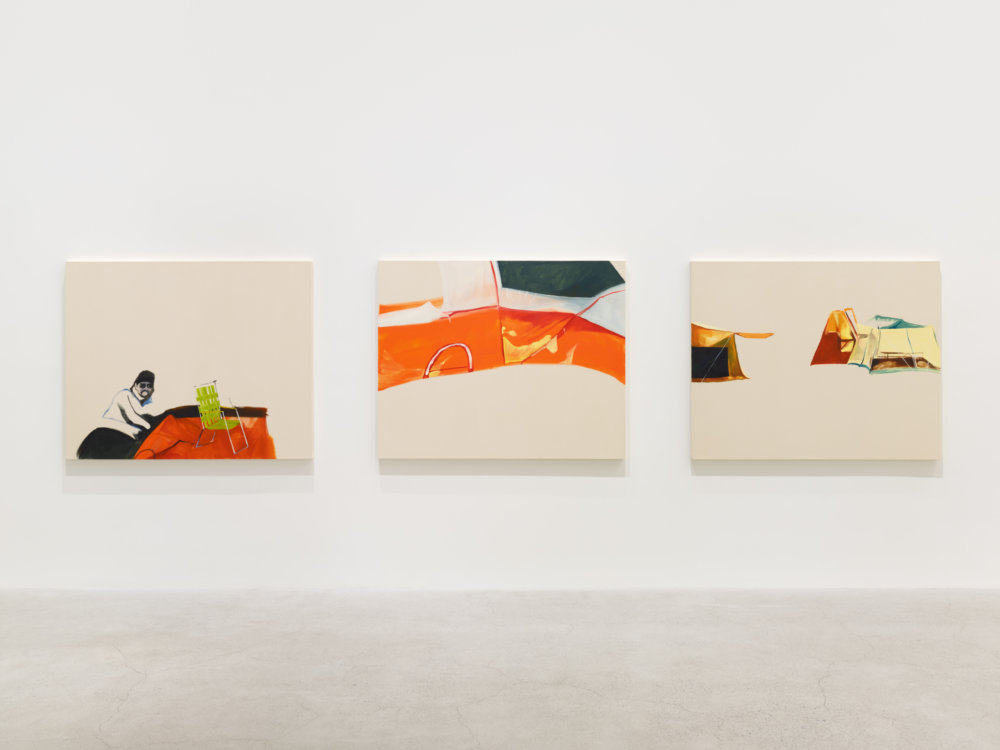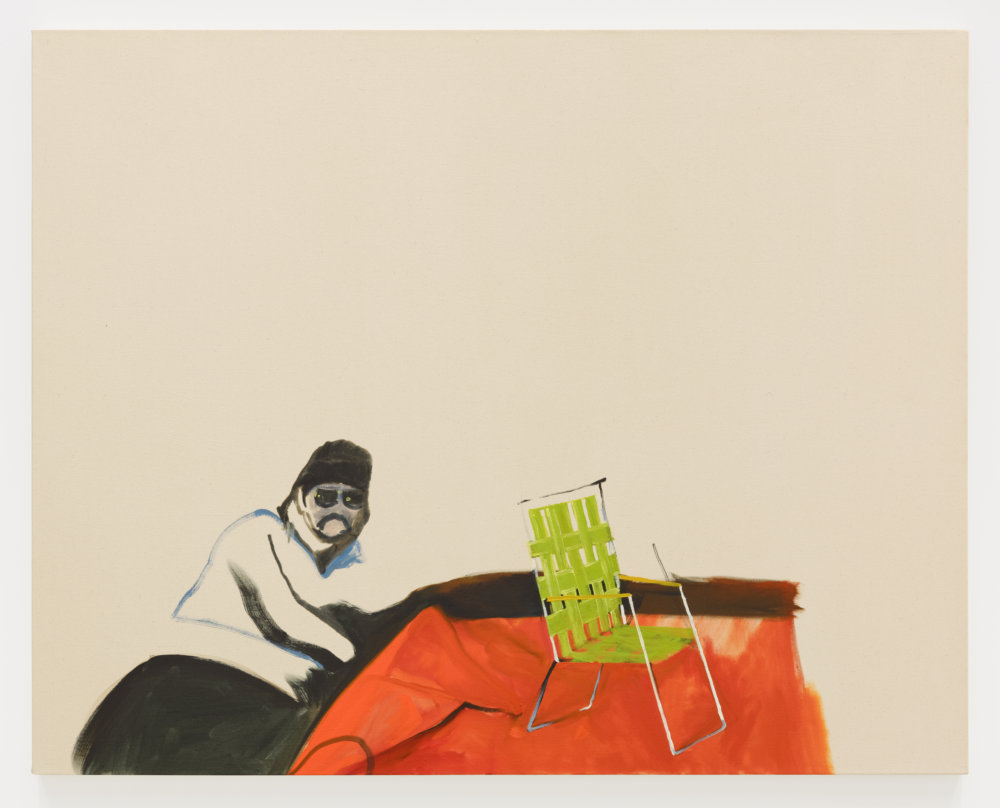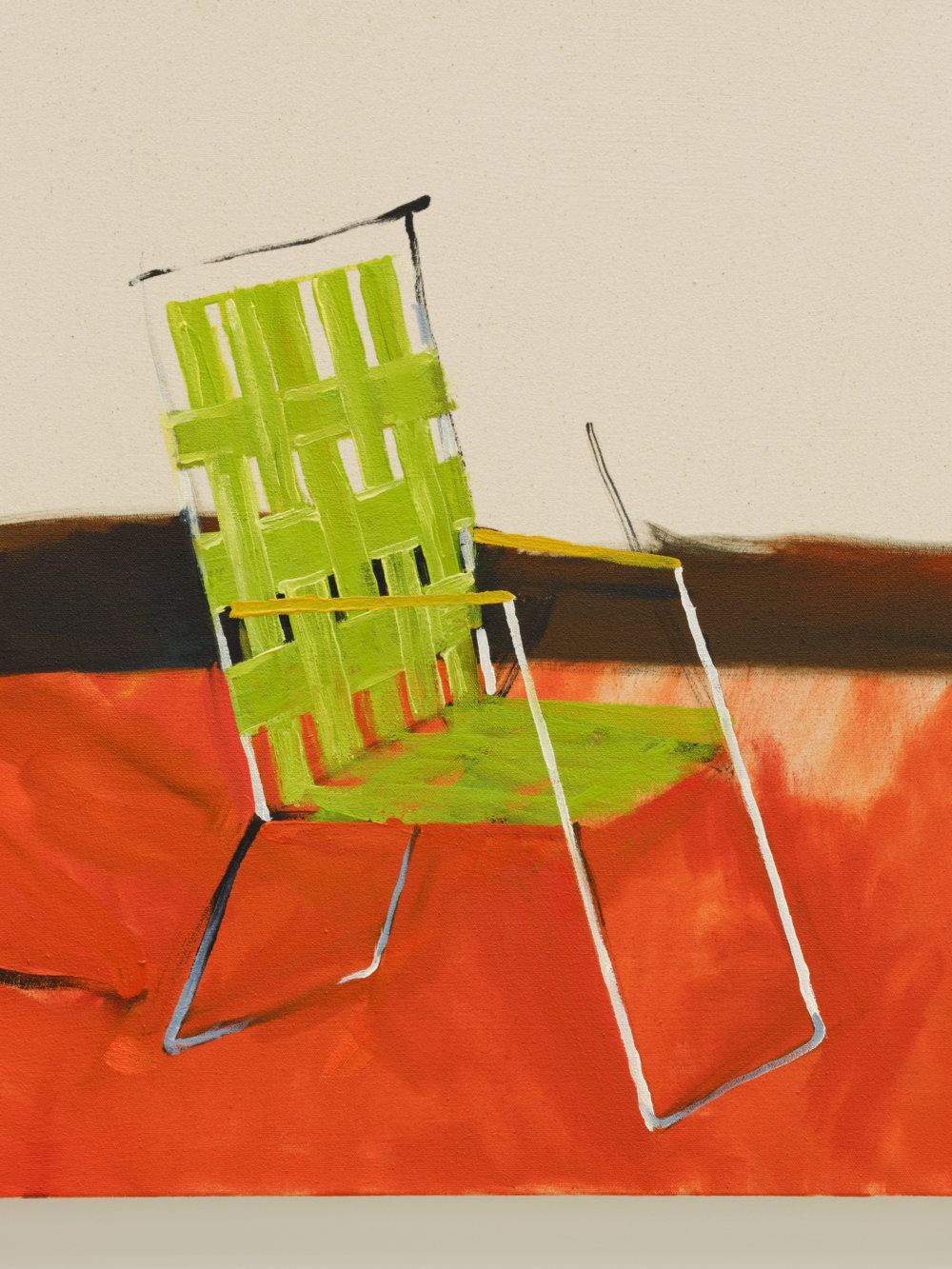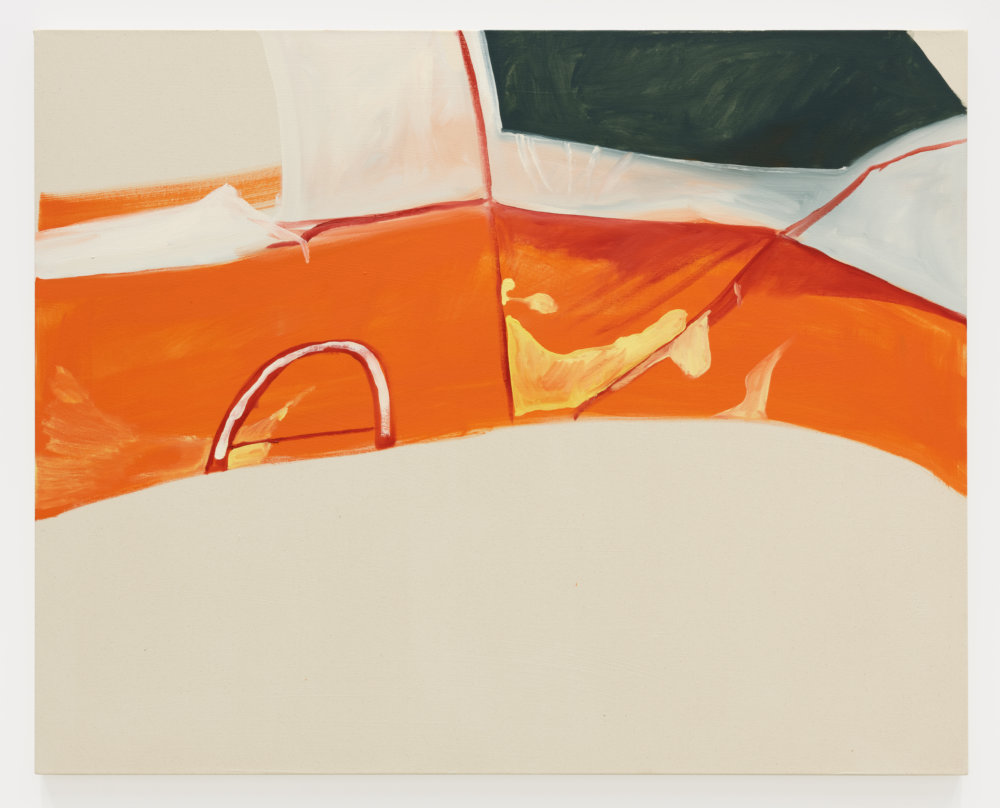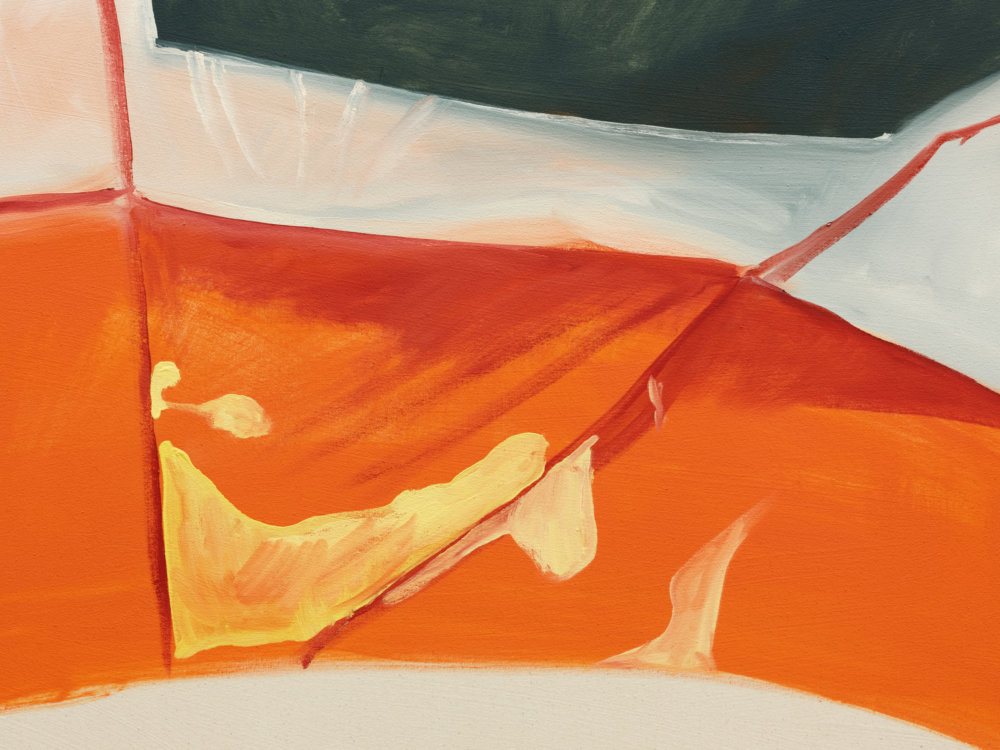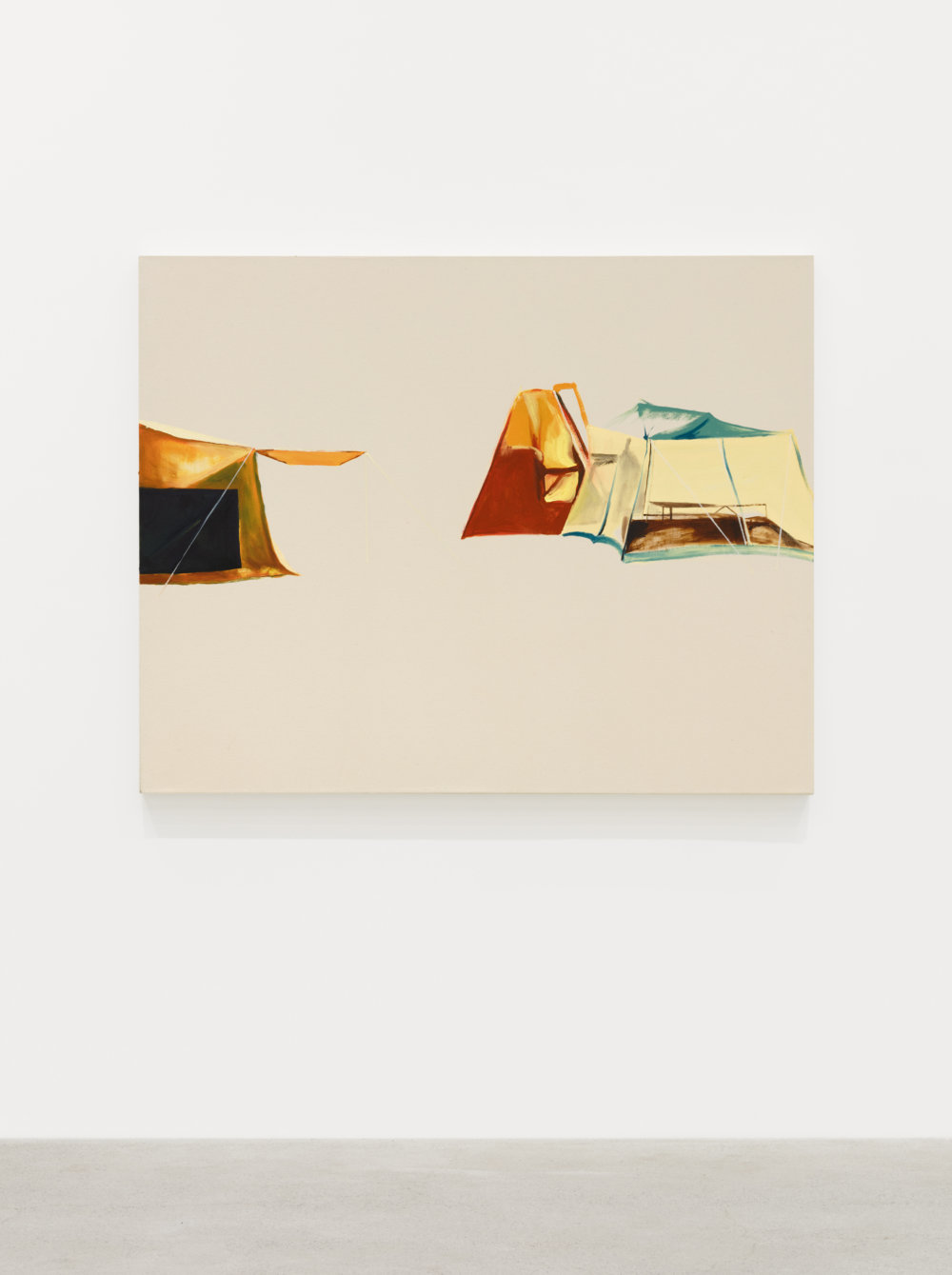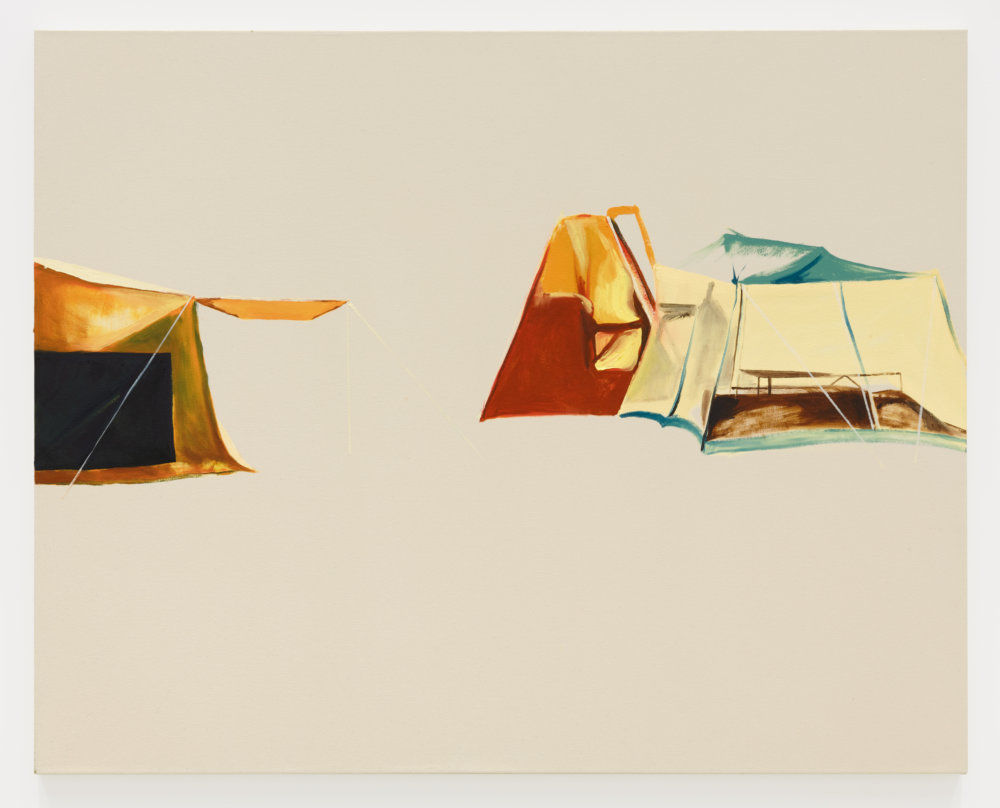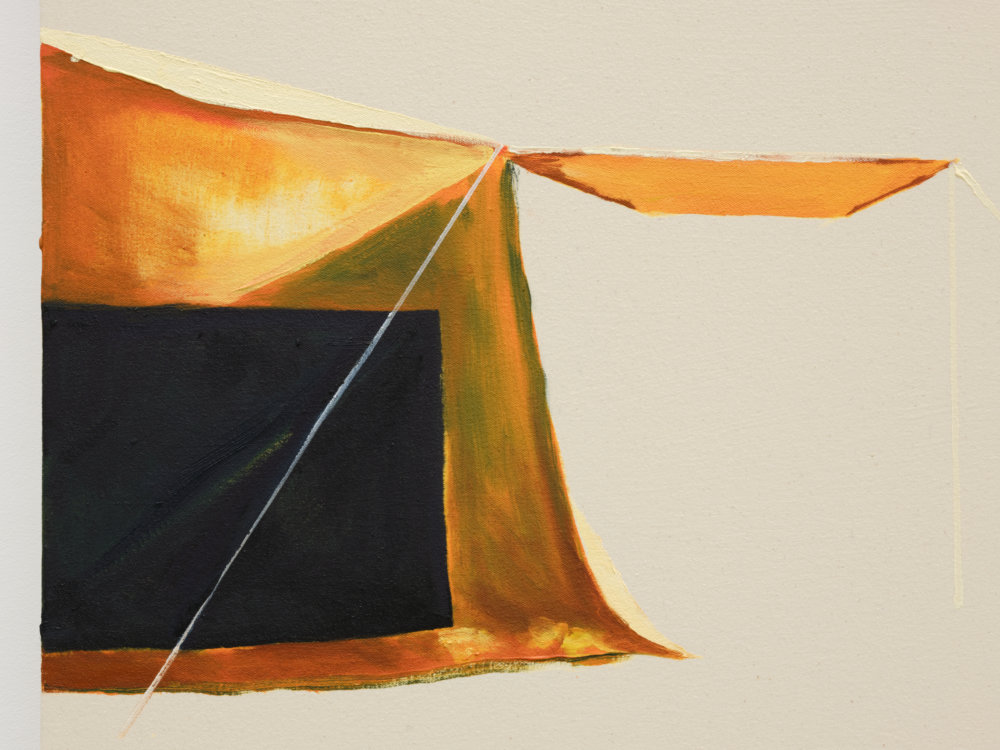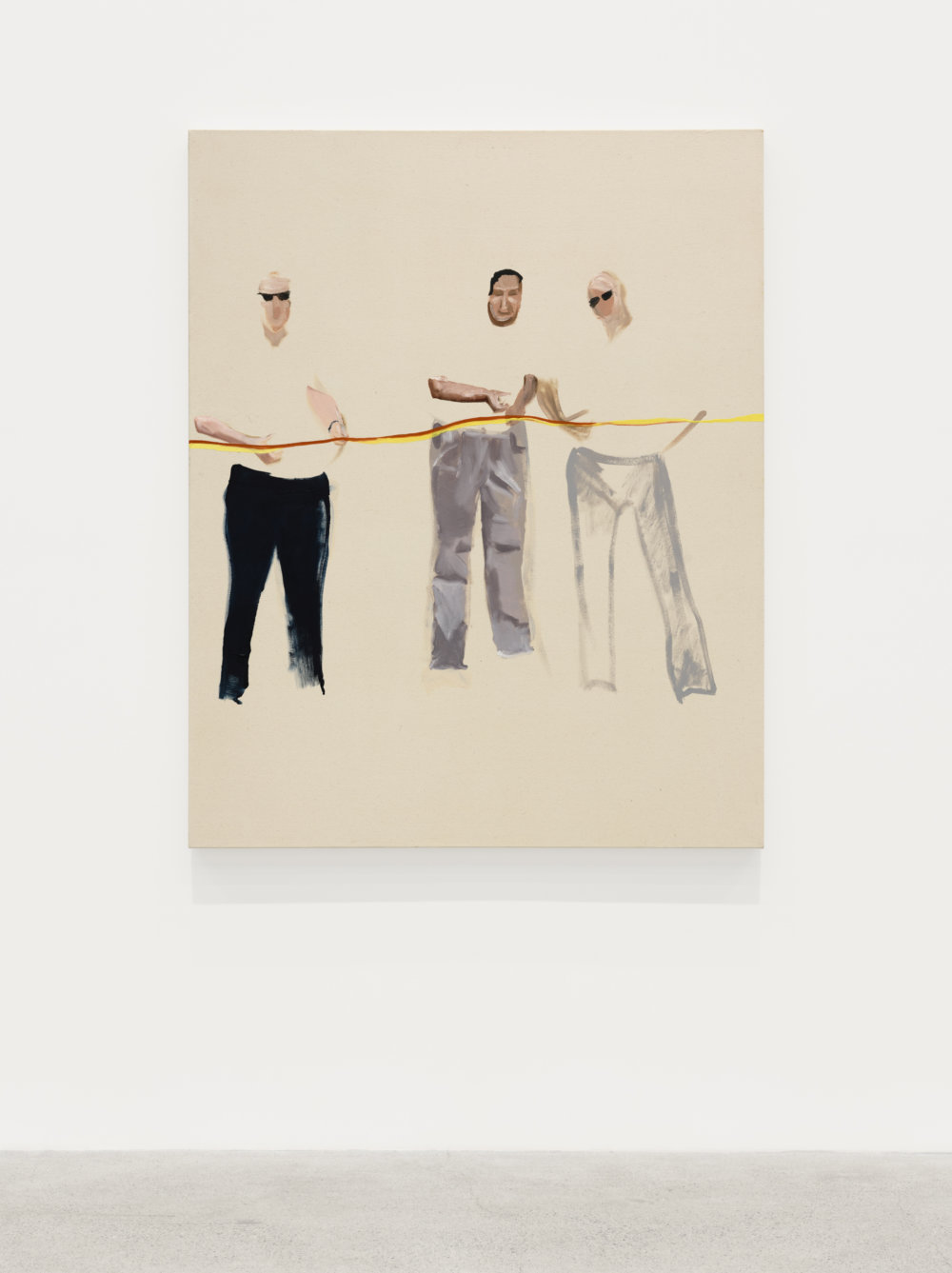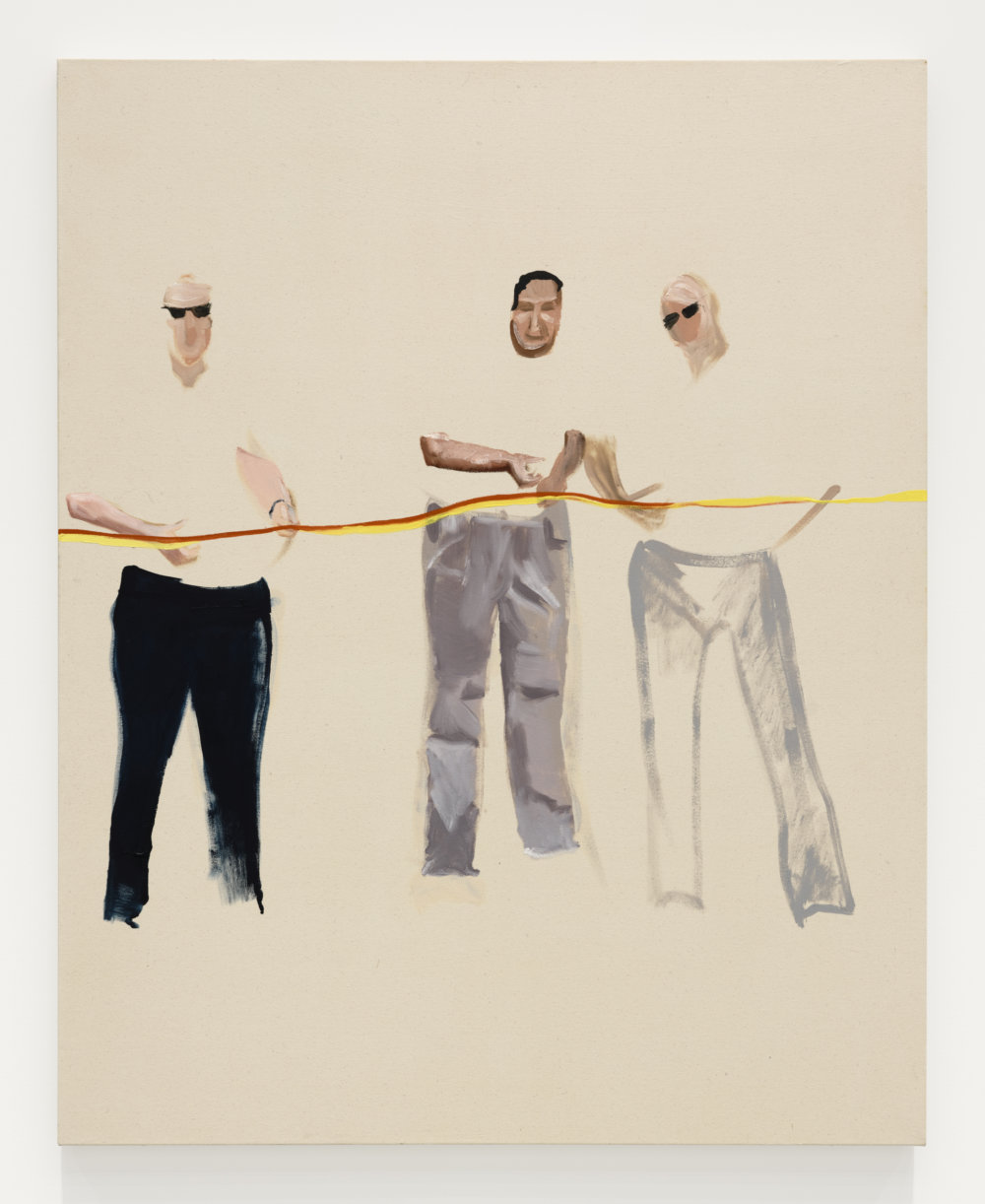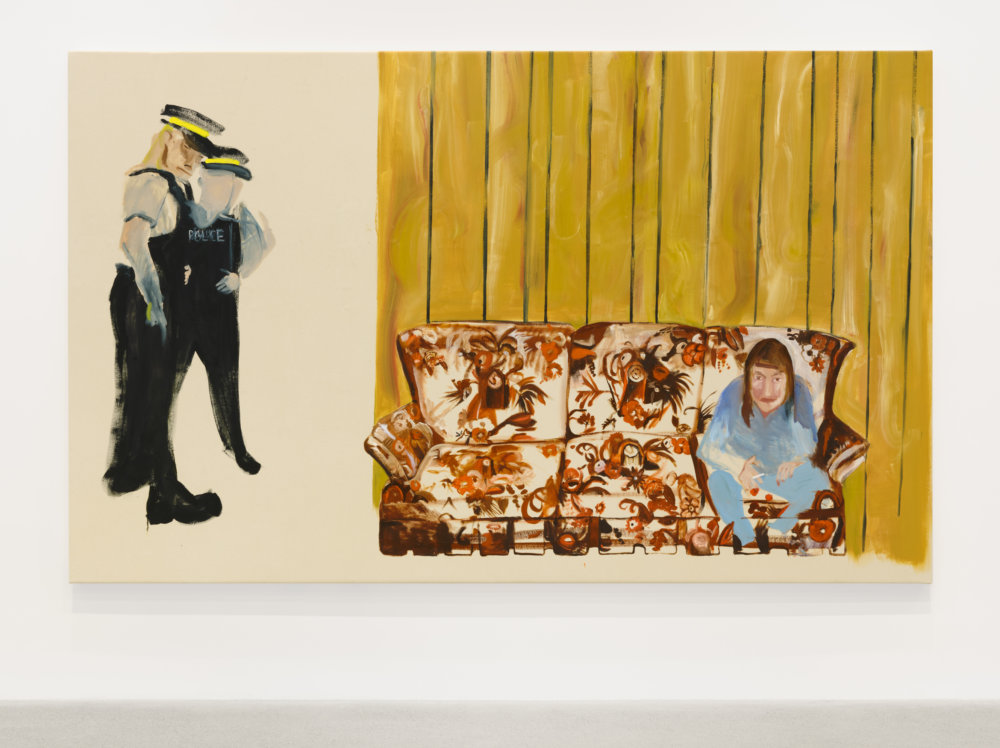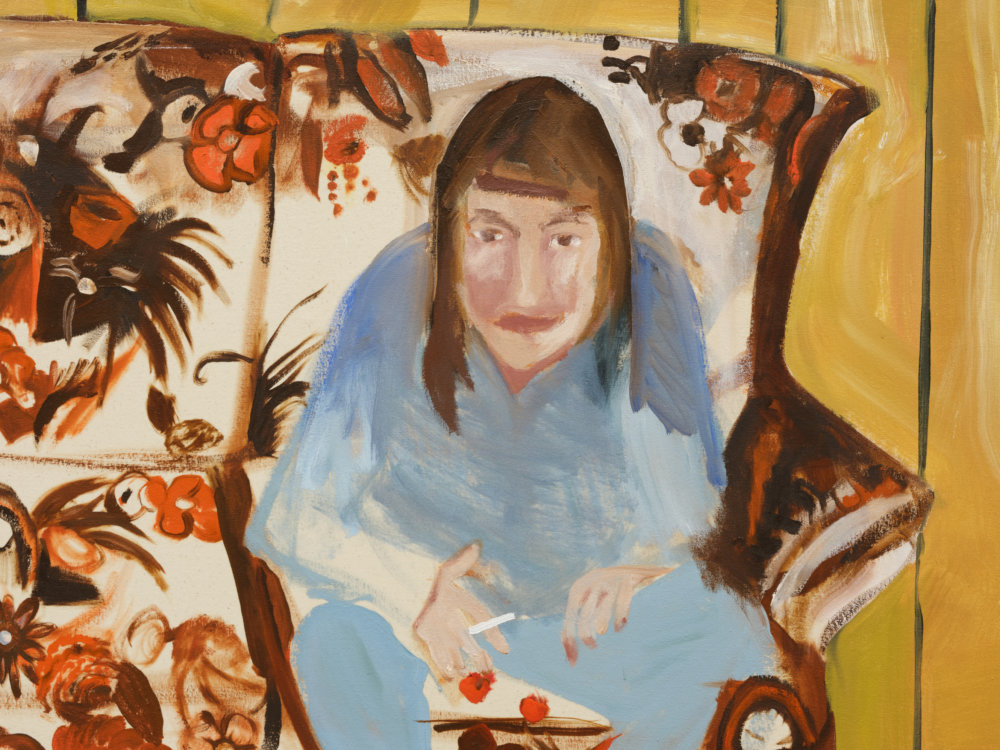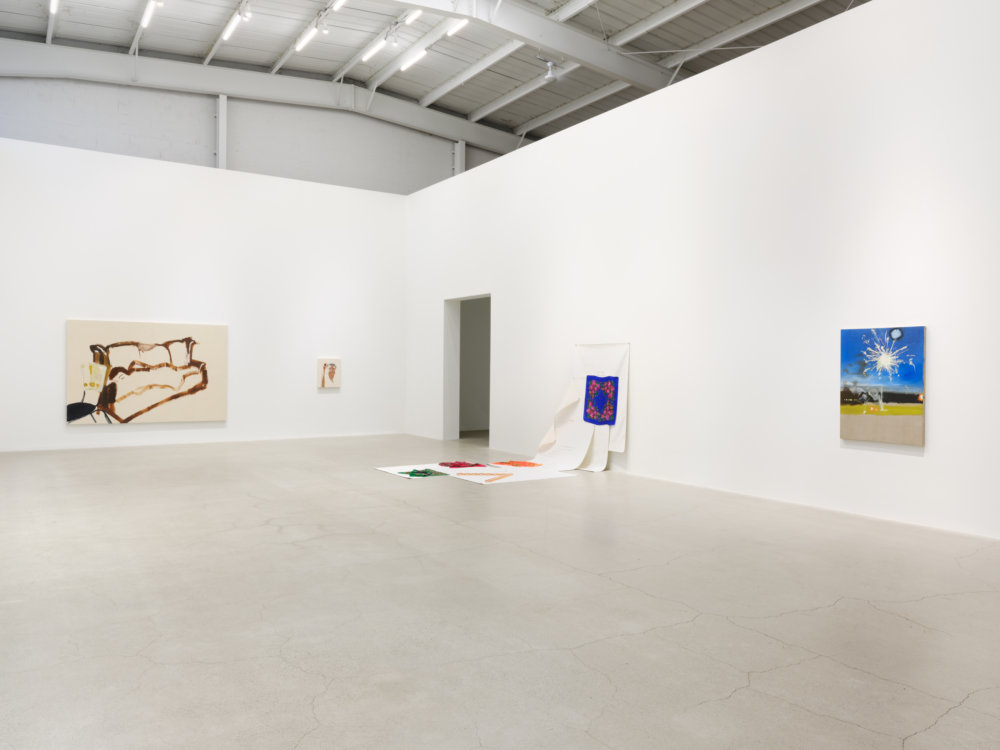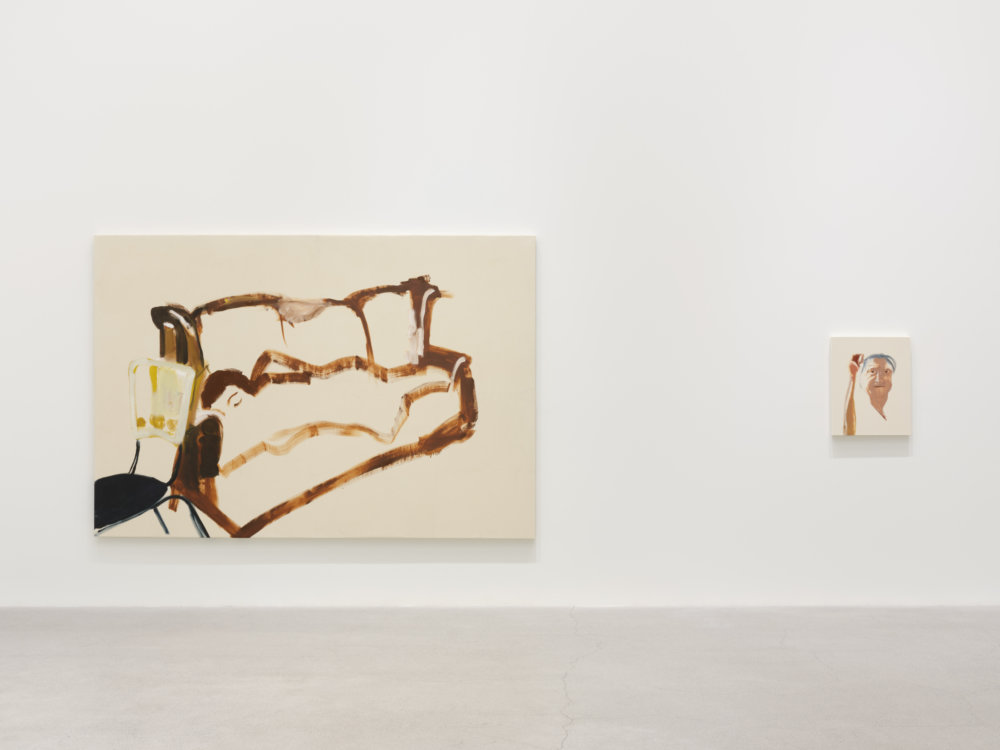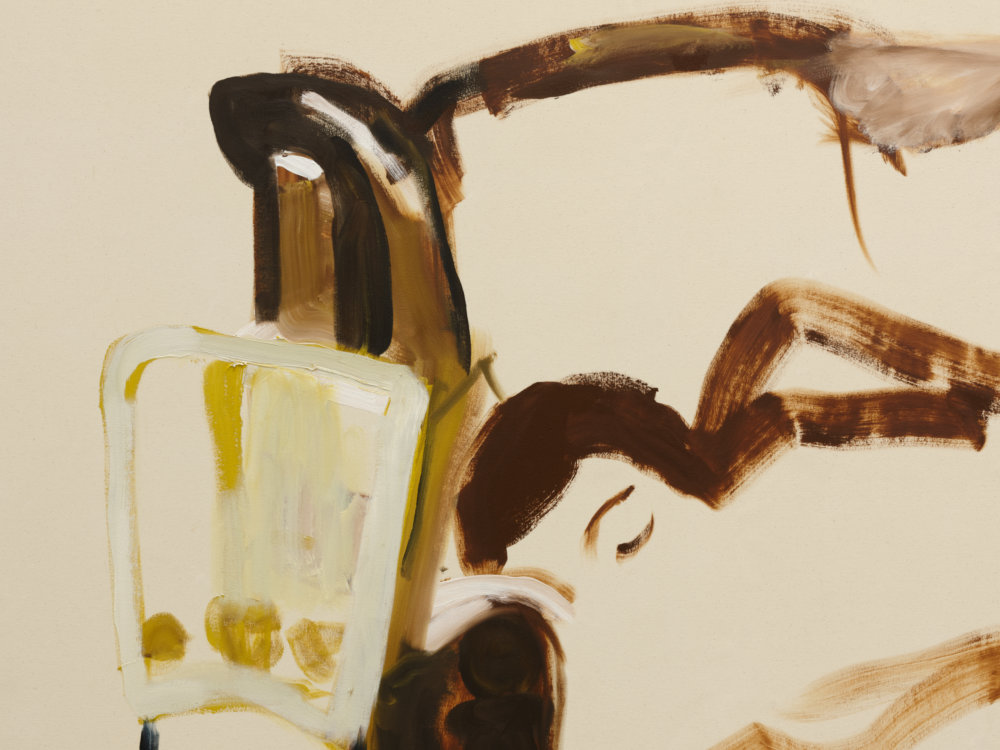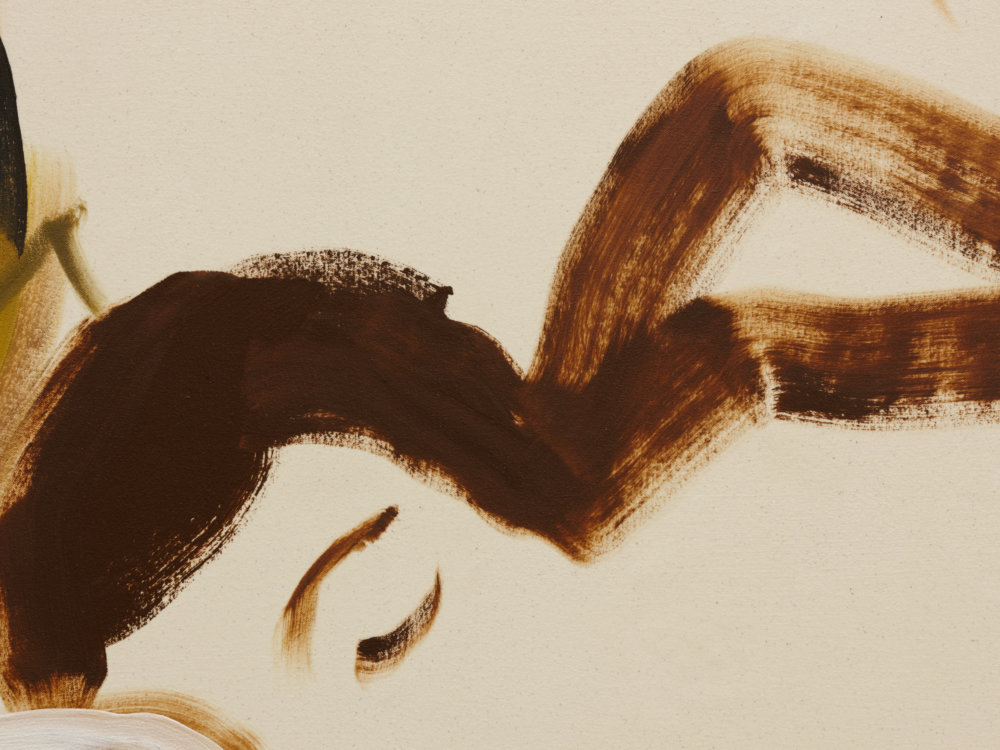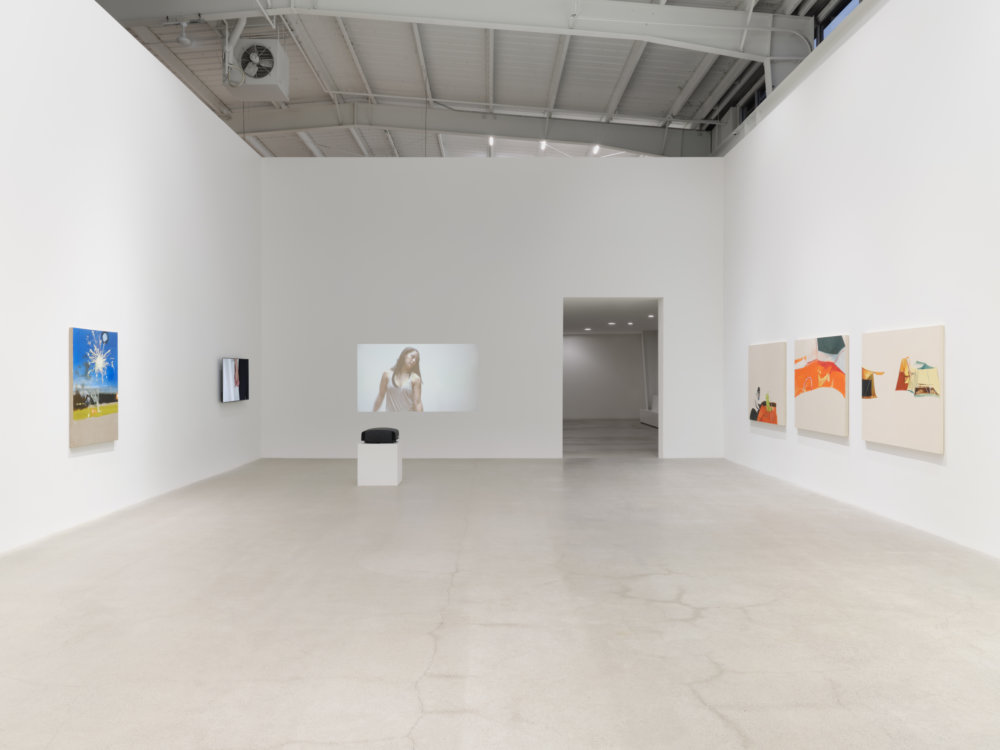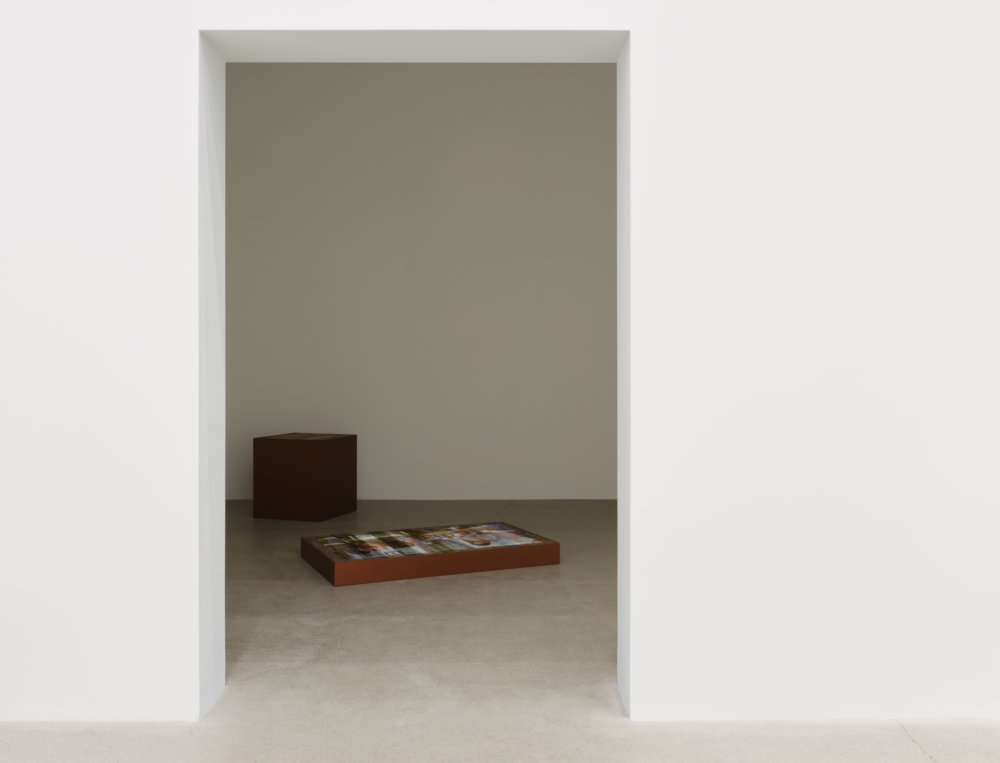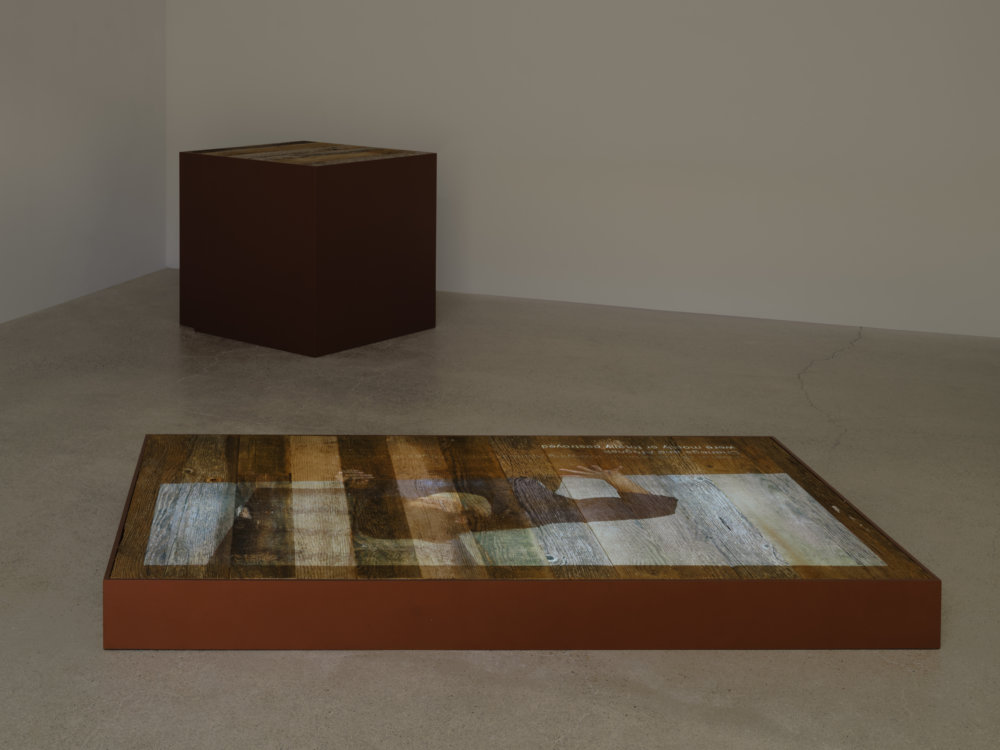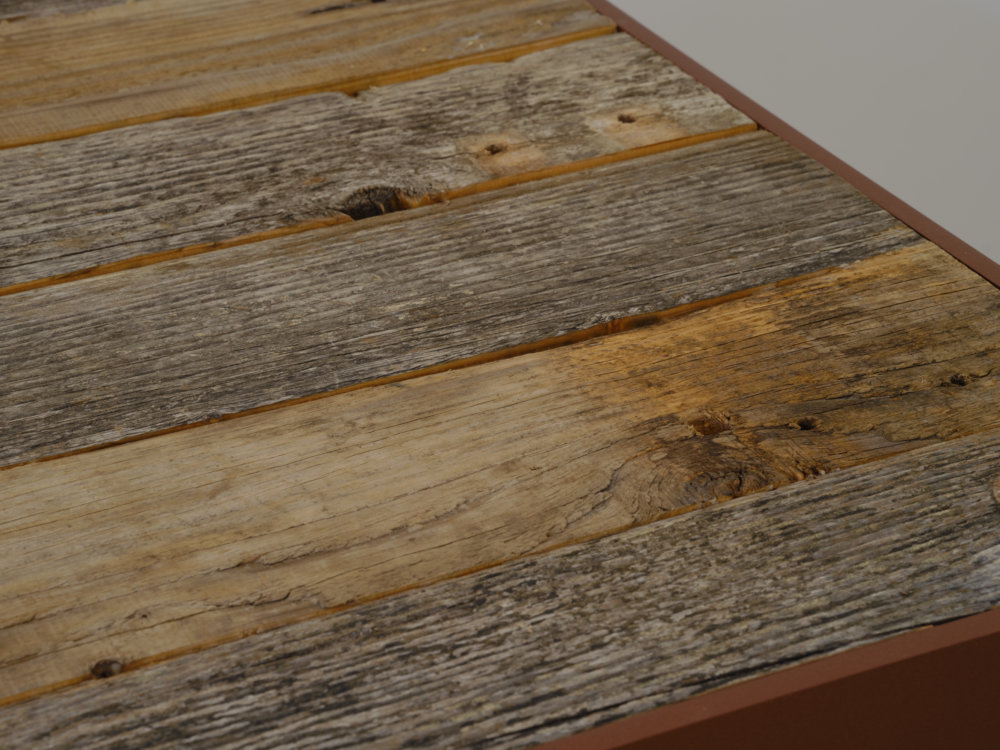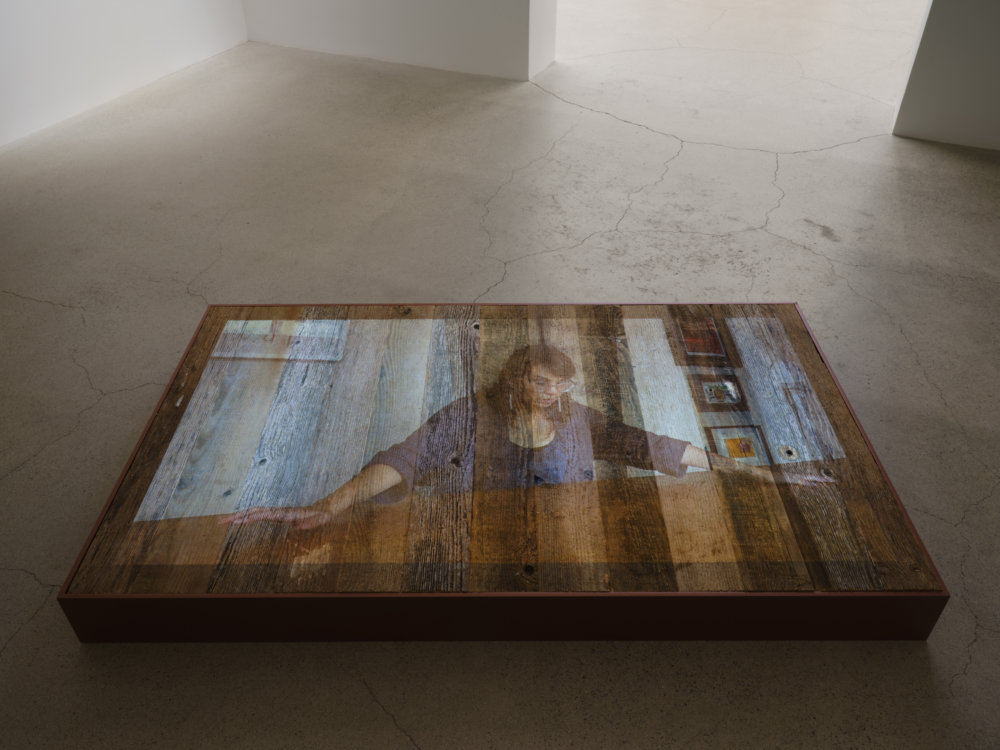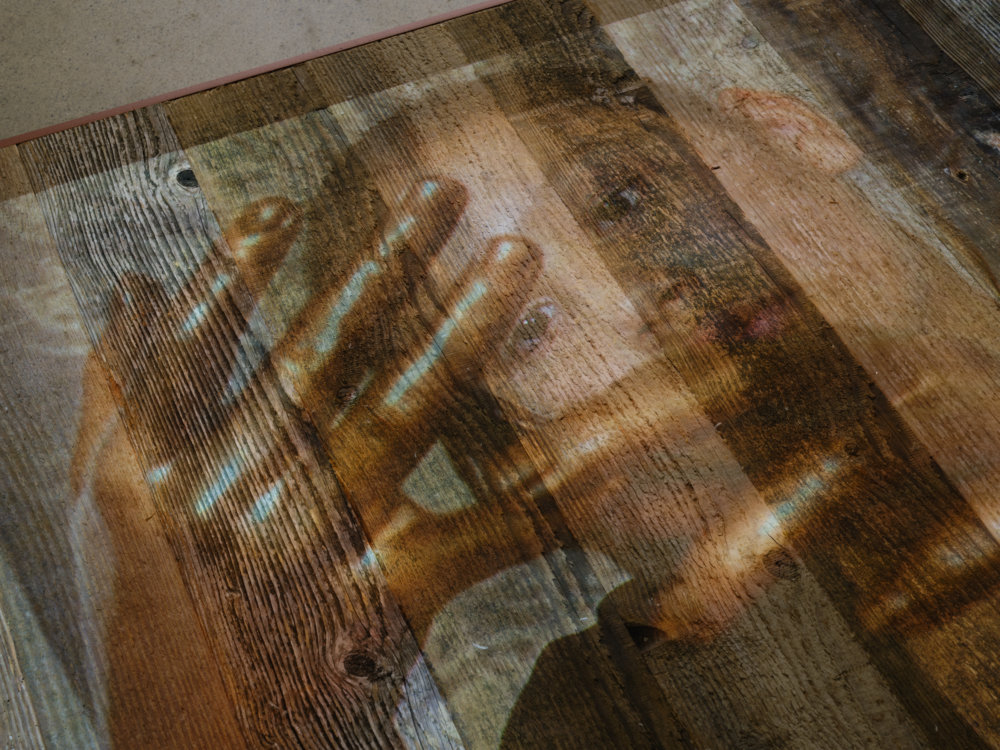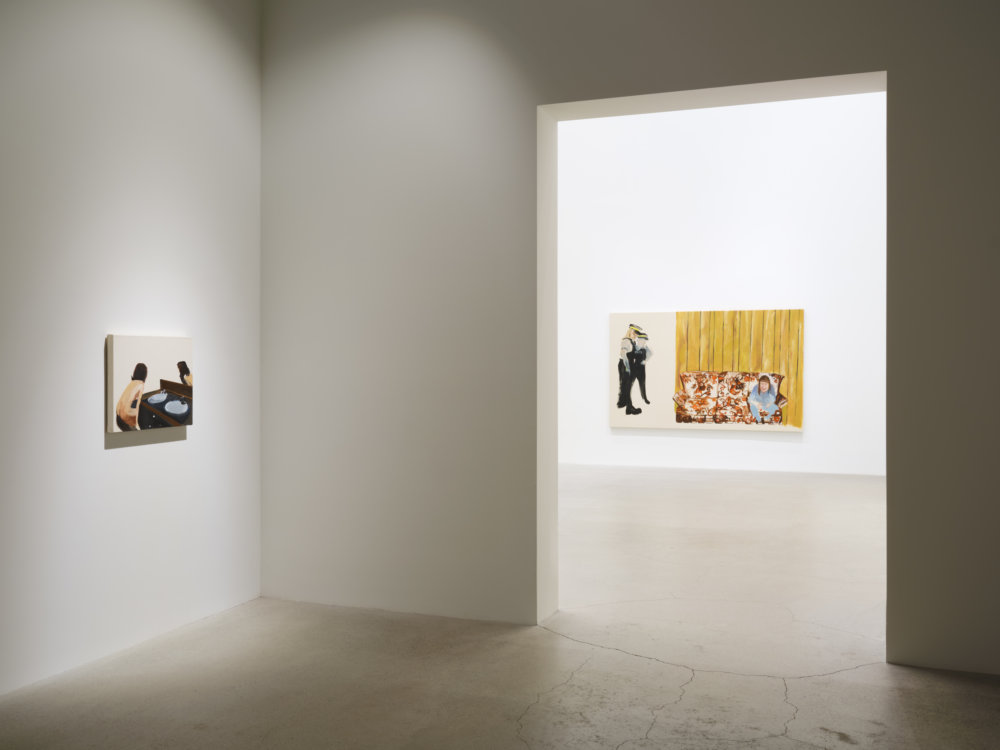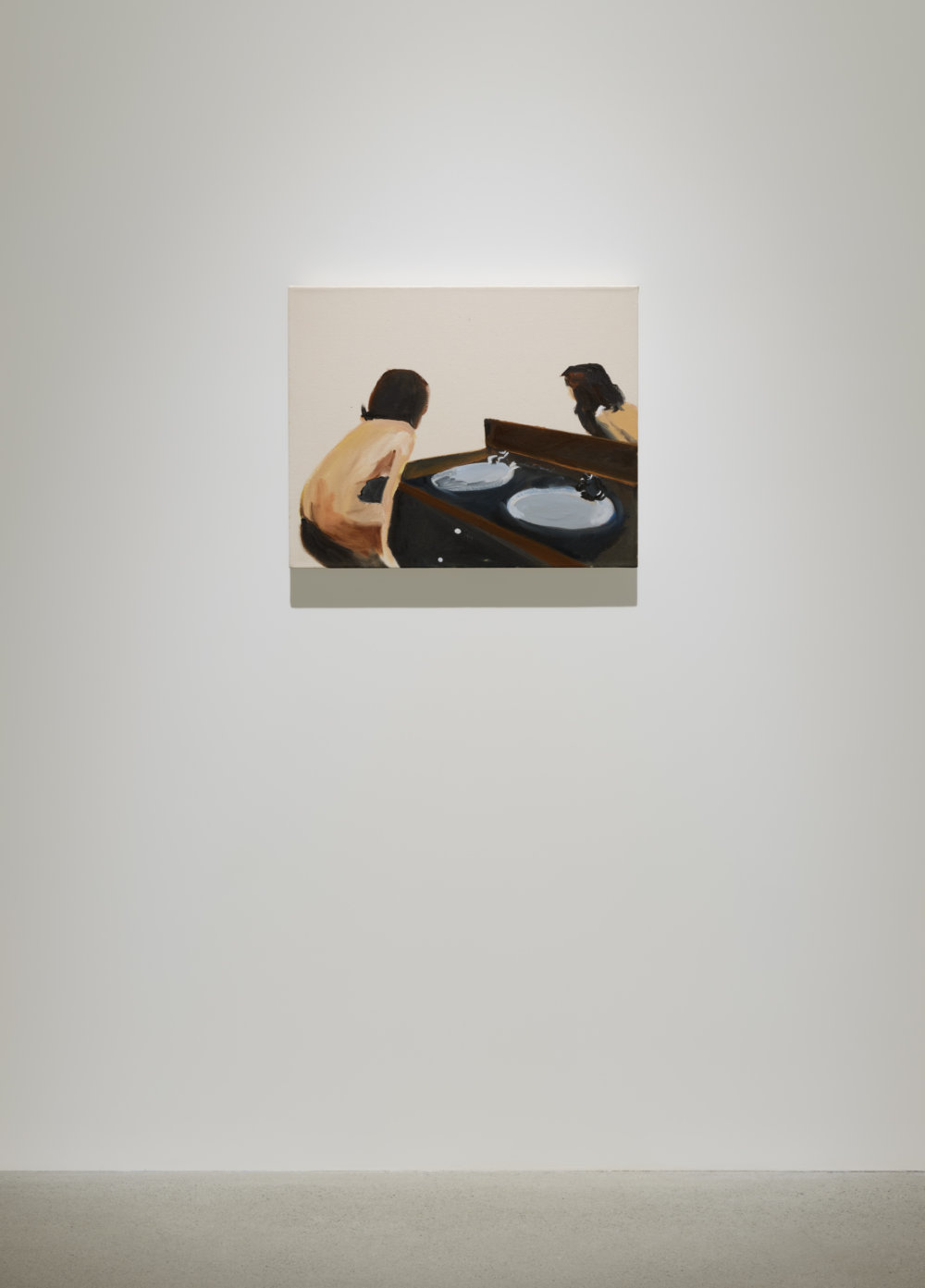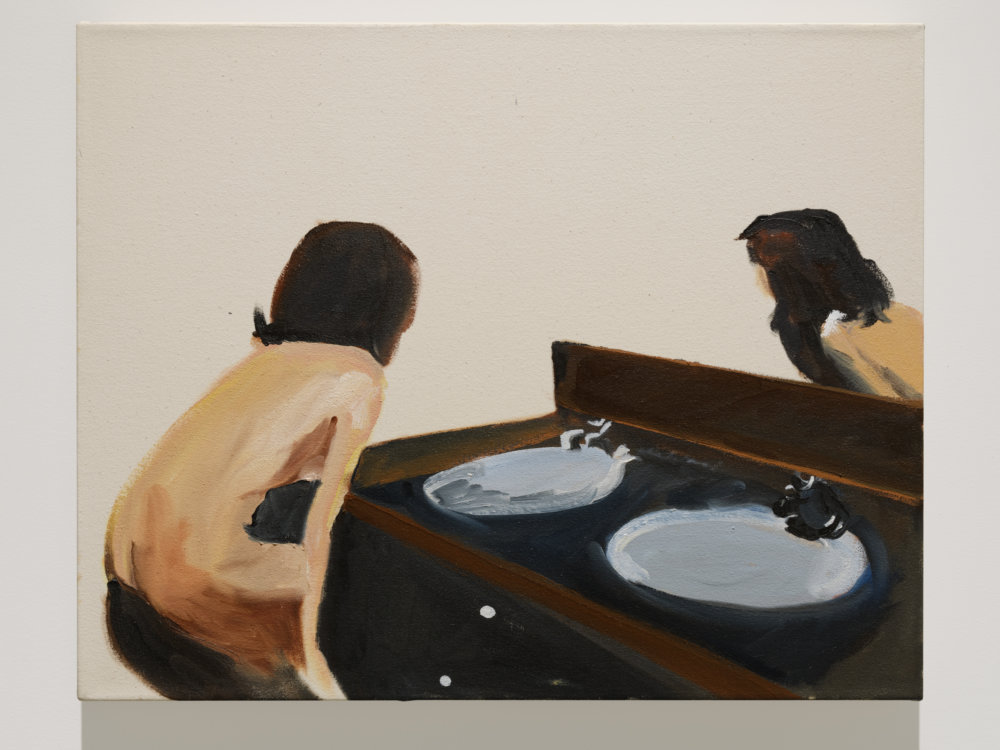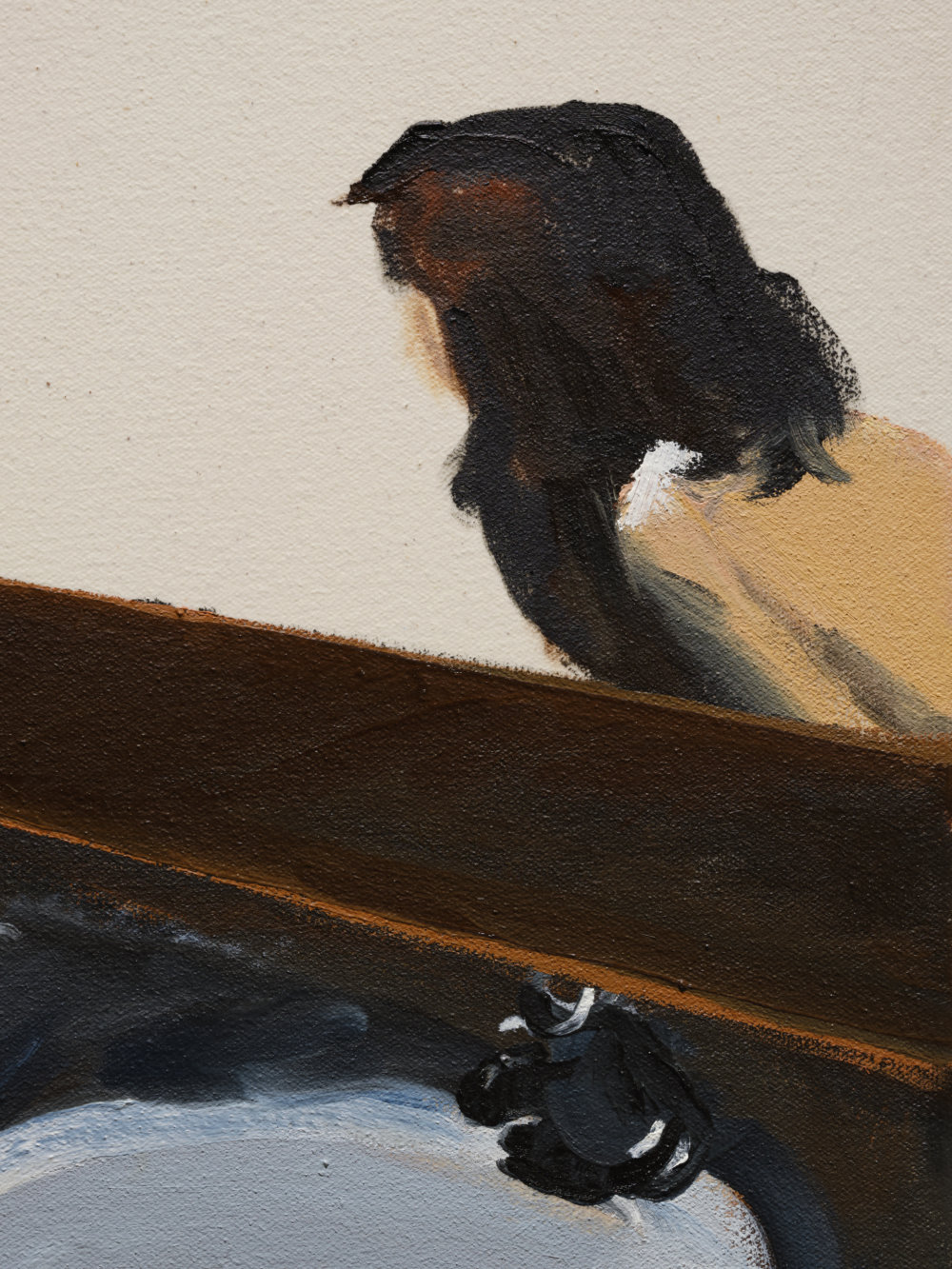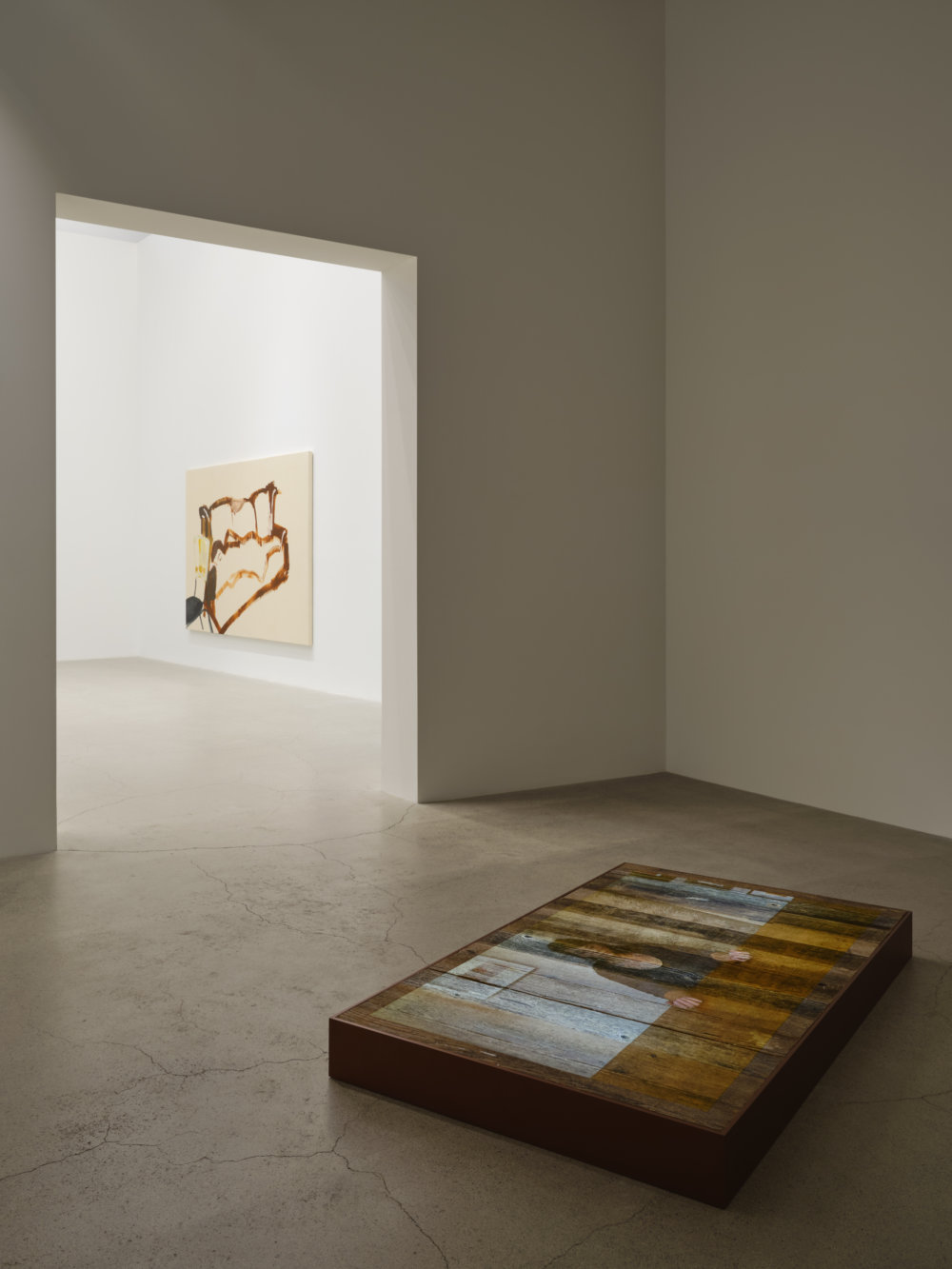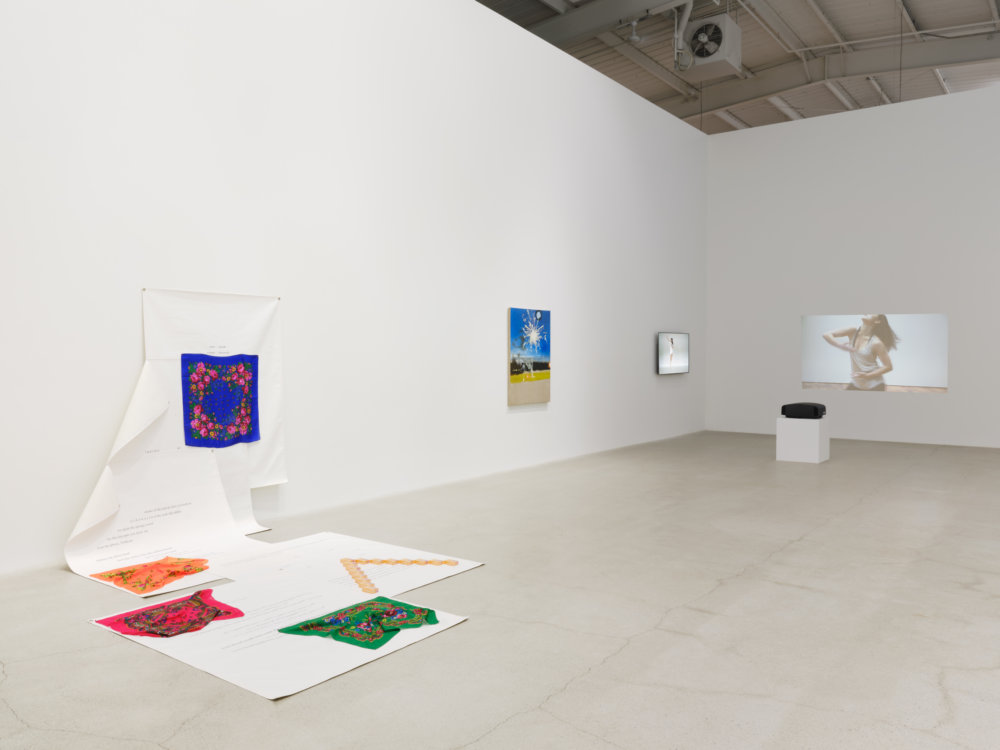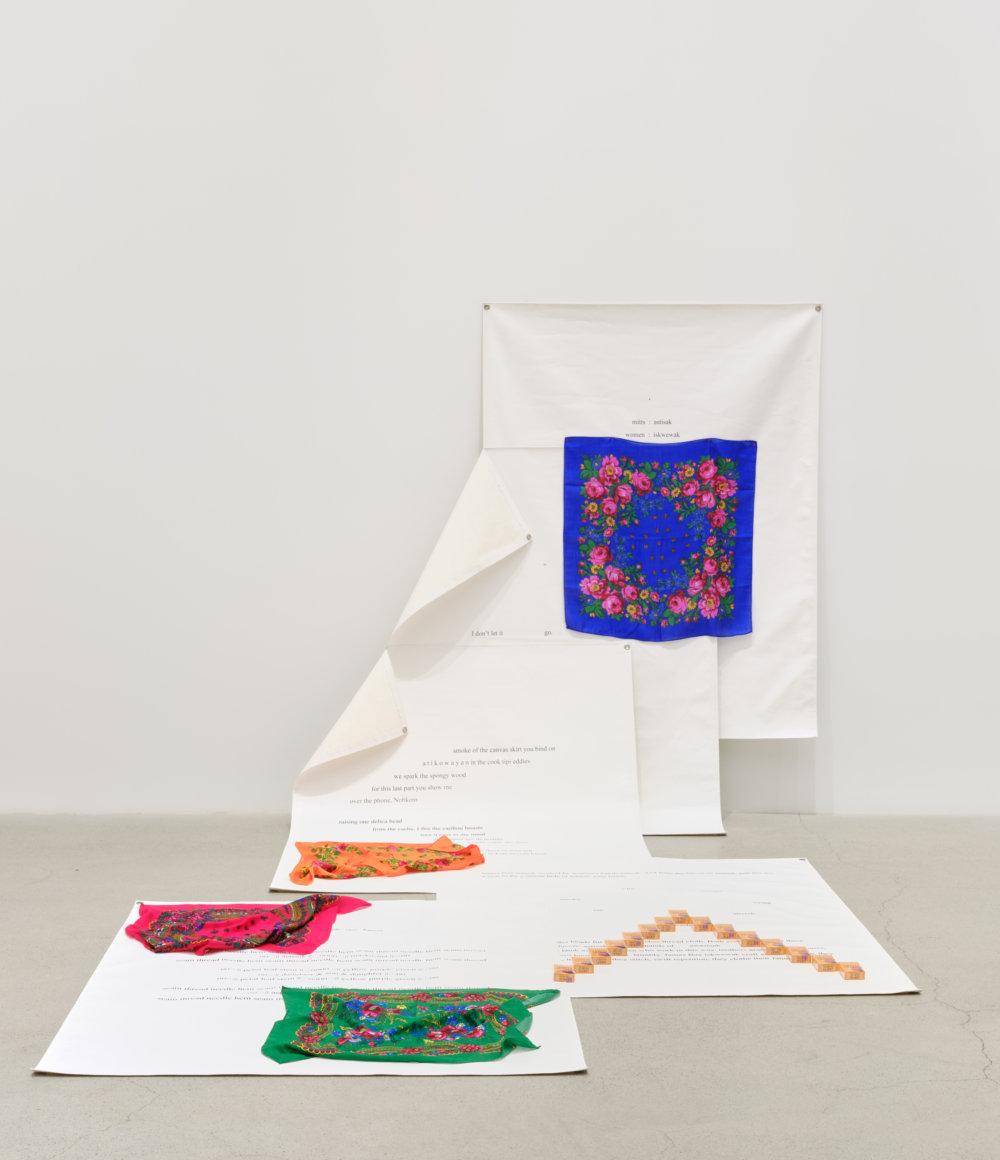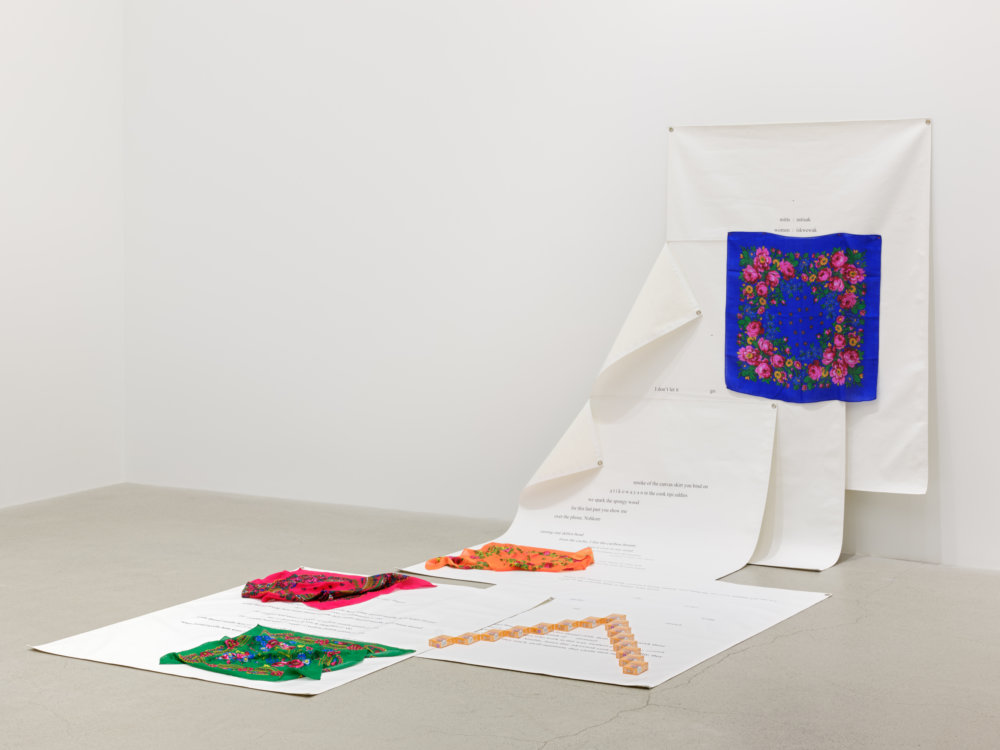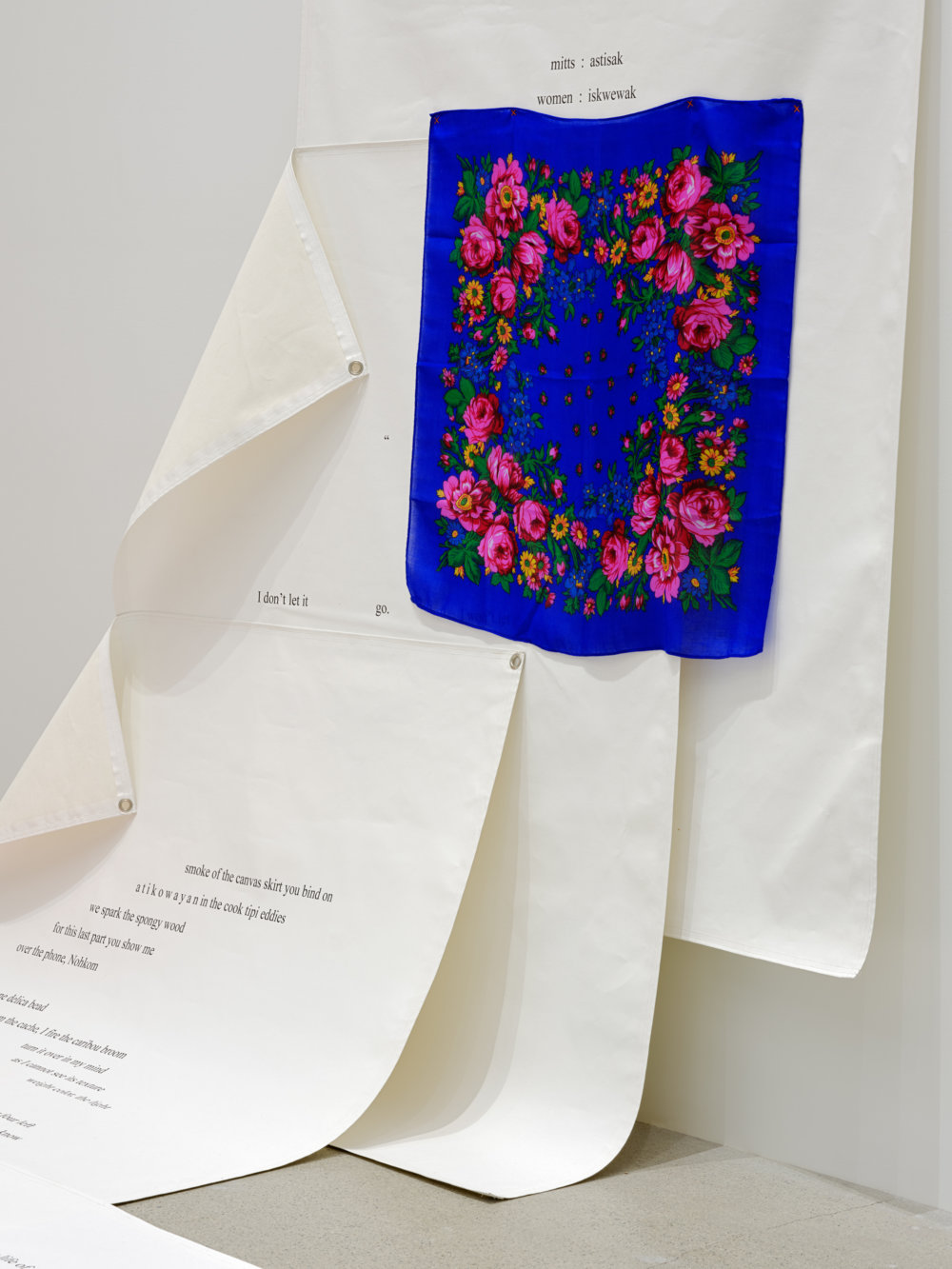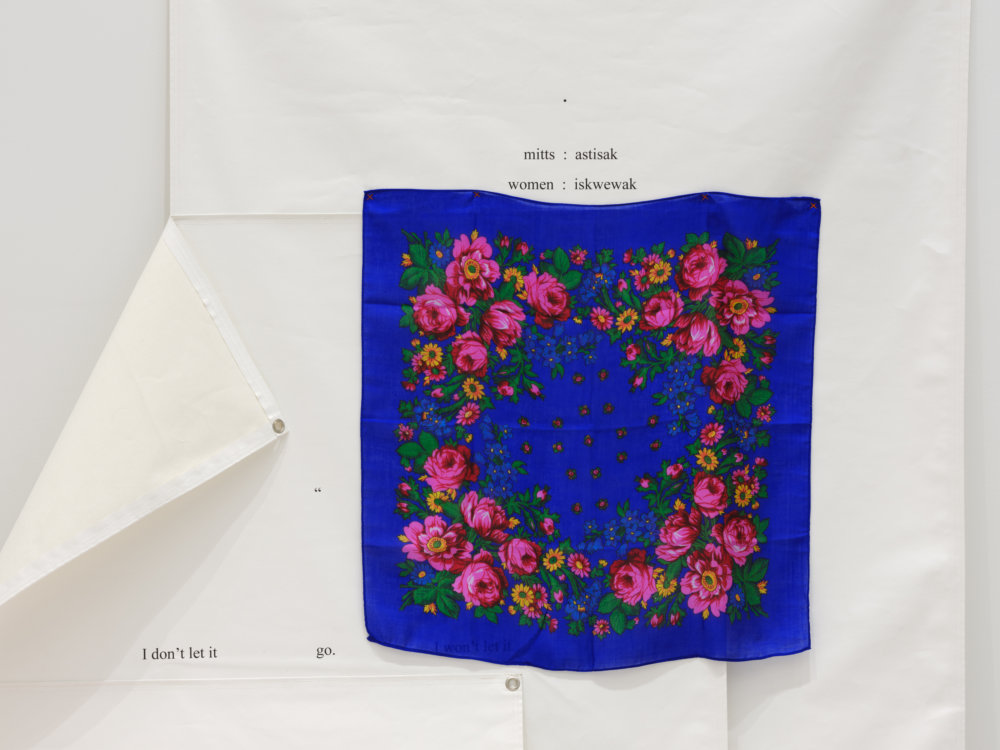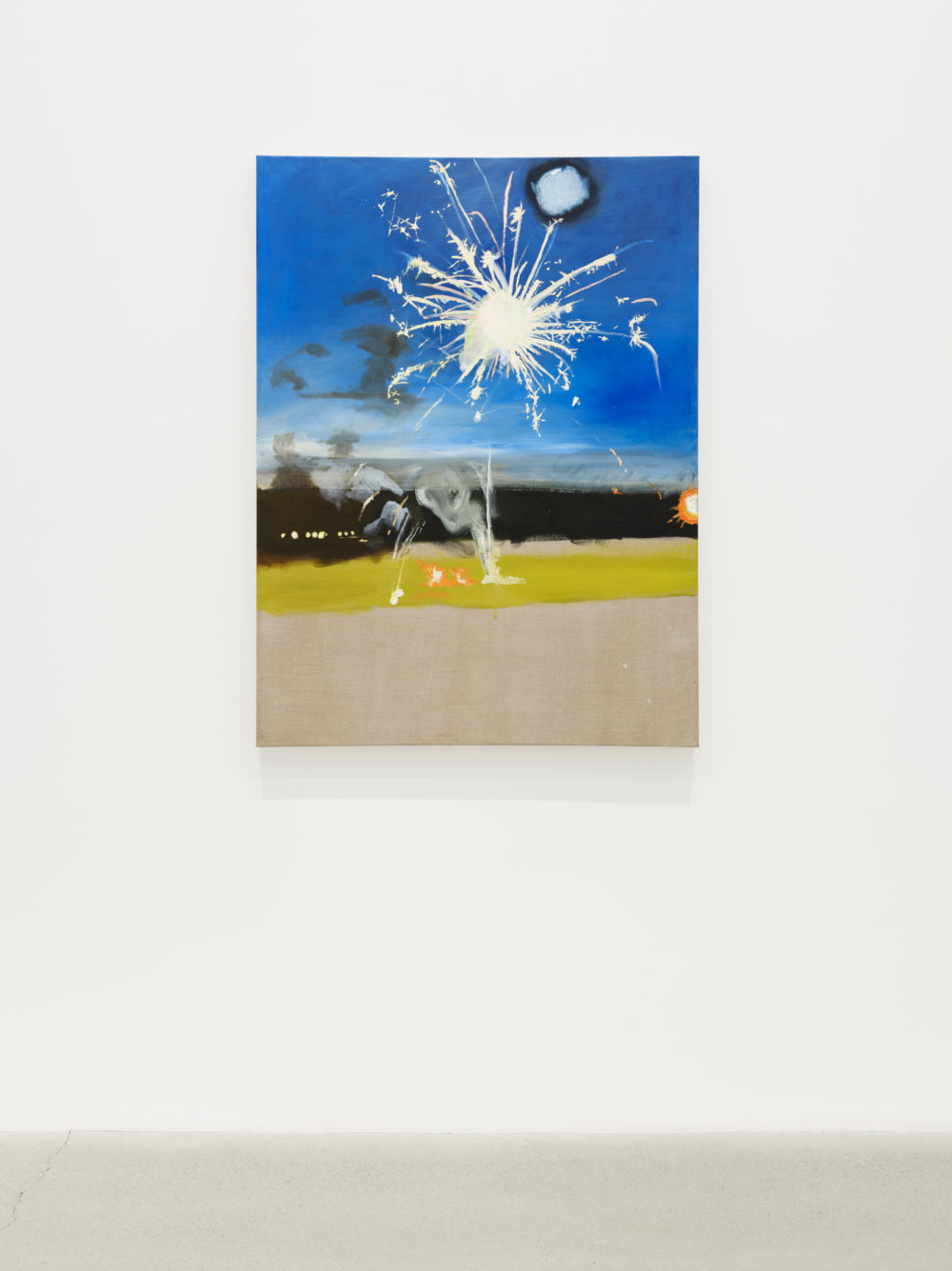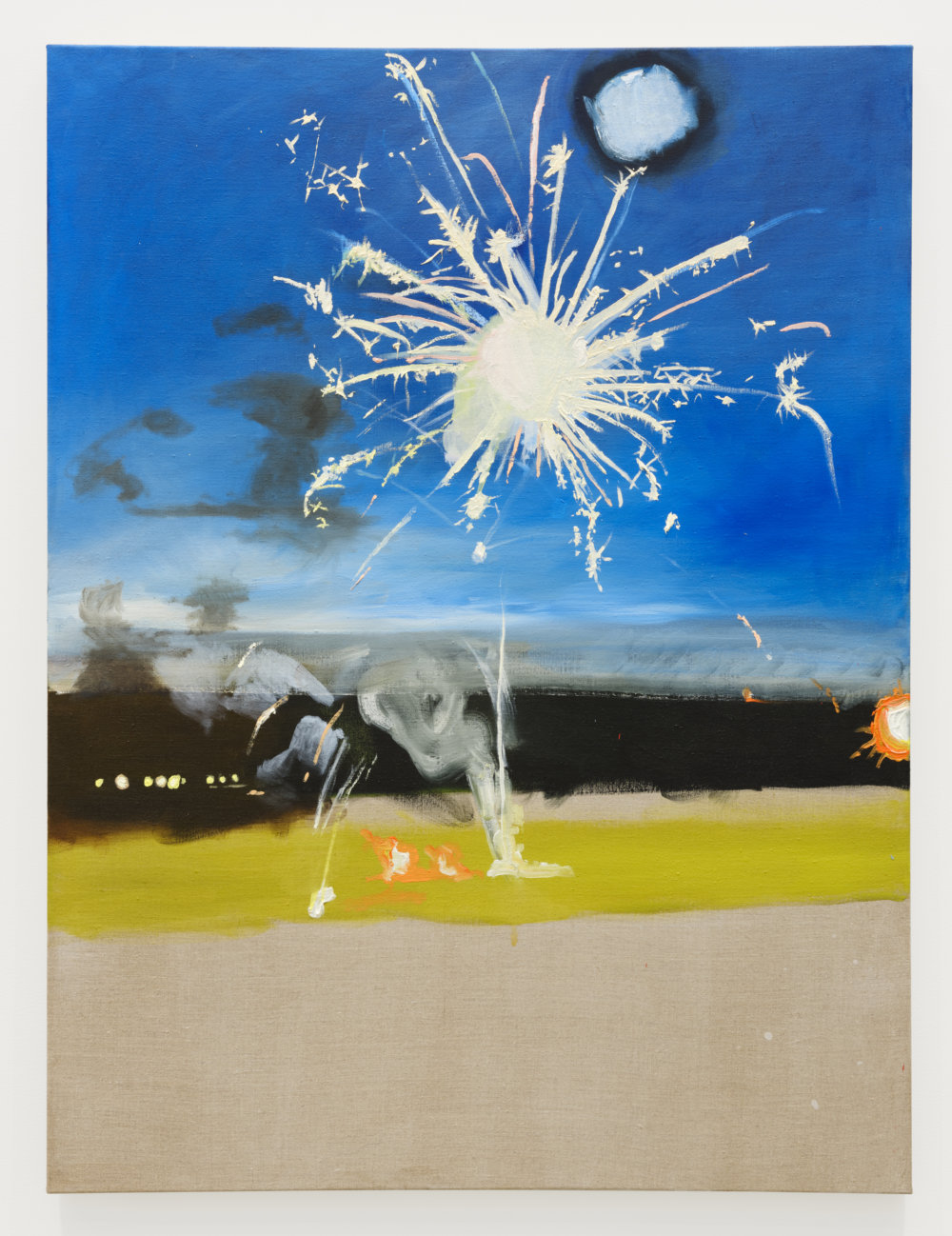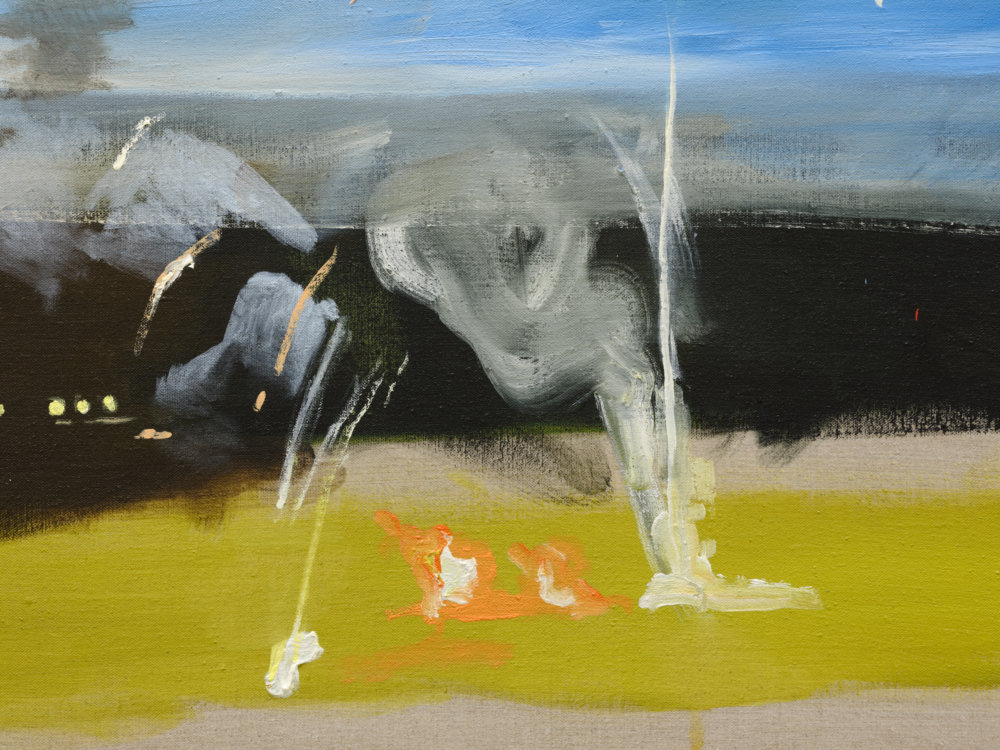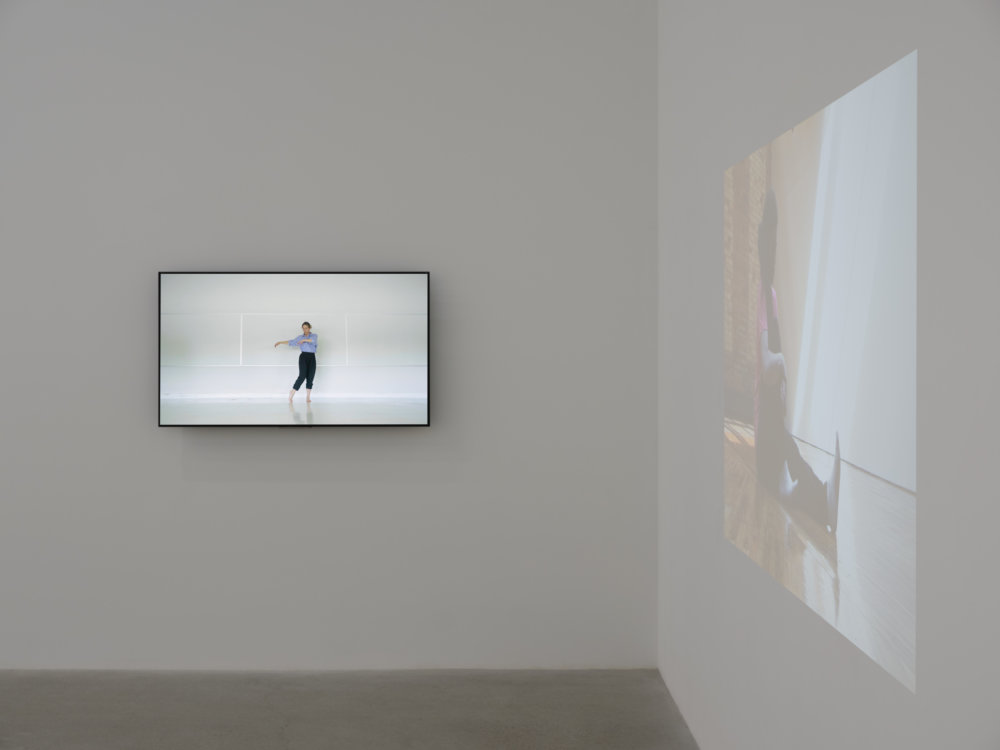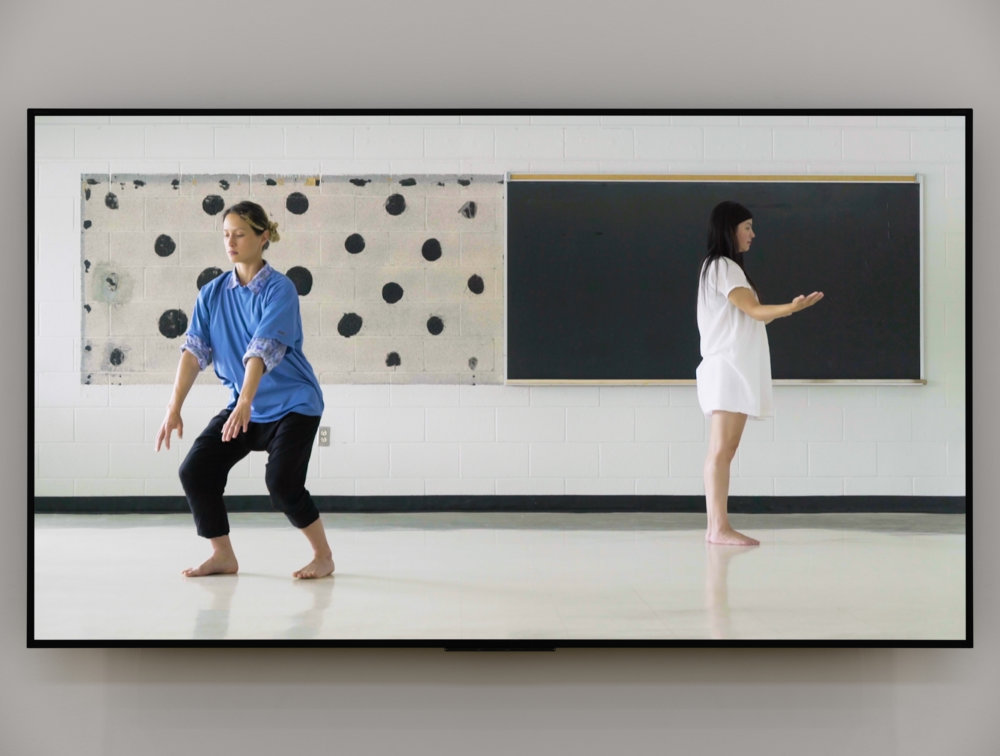Brenda Draney, Tanya Lukin Linklater
The best stories I know come from late night car rides or kitchen tables.
January 29–March 5, 2022
Tanya Lukin Linklater—
I say this even. Perhaps you hear it resolute. Or the words jump jagged at you they fall the ground beneath you so that you are sliding on silt down the side of a bluff to mudflats terrified but focused on one point like the dust in the air or a dog attached to a house on a leash that jumps with the will of the land.
What happens when the earth shocks convulses jars, when a seismic undulation
is no longer a tremble but a roll a roar a boom that does not end?
Accelerating but you do not know what speed or where or when it will halt.
Afognak was destroyed by tsunamis. I say it for what it is. The weight of the words rolls in the empty spaces of my mouth. What are these words tethered to?
What are we tethered to when everything seems to collapse shatter erupt
simultaneously?
The markings that we know are upended.
Collapse has a longer mark an enduring seismic wave in our memories.
—Excerpt from Slow Scrape, published by The Centre for Expanded Poetics & Anteism, Montreal, 2020
Brenda Draney—
There are the stories I tell here today, or the really good ones I tell after I have too much to drink, or at a campfire, or at a kitchen table, or a late night car ride. Those are the places where the best stories get told
There is a relationship between the paintings I make and the stories I tell but they are not the same. This seems obvious, but they are sometimes conflated. Sometimes I encourage the confusion or complication.
This part is about lying.
There are things not talked about in my family. This makes the stories more complicated. There are things I know that are not mine. There are stories you are asked to hold, and to spill them would be careless. So you talk around the counters of things sometimes. You just suggest the edges. You might conceal some things, or you might just leave something alone that you can’t articulate. It might have to do with ambiguity but it’s also about lying.
I am not the only one who calls these stories and histories my own.
I am not the only one who has been shaped by these stories.
I am not the only one who has shaped these stories to me.
I am not the only one who needs these stories to be a particular way.
I was thinking, recently how these paintings, that are completely from memory are sometimes so difficult, like building your own island.
There are these open spaces or absences in these works. Sometimes I consider the spaces like something left unsaid, and at other times like a secret. The difference is slight, the difference between a secret and a mystery. You see, maybe I keep trying to find that true memory. That exact thing I believed to have happened. I was looking for the source, perhaps of the way events shape our world view, or mine anyhow.
But that remembering and that feeling of grasping at something just a little too far, is a lot like desire. And it would disappear if it were satisfied. Some things find their significance in being forgotten for a while, or erased, kept secret. The way memories and narratives can’t be destroyed if they live at campfires and kitchen tables and late night car rides. It makes painting something to set a story on. Like a kitchen table. As I write this I feel uncomfortable.
Stories can take over a bit and they can be things you have to carry with you. Or something you have to put down. And it can be difficult to know which is which.
I am not telling you all this just to make you sad.
I think when something happens which washes away, or burns away tangible things, the memory and the stories survive. They take on different forms and become a bit of a creation, they make use of imagination.
If I want to tell a story I must have a secret escape route. From implication, from incrimination, from forcing my story upon others, from resistance. In the paintings there can be stand ins and omissions. But then I have created something else again. Is it trustworthy? Decisions have to be made. Which parts are the most honest? Why is it important to be honest here and not there?
Maybe it is because the other thing about stories, is they are all call and response. Especially in the case of storytelling, like this, is that it relies on the listener. I have implicated you some way. Maybe to carry the stories or set them down.
—Excerpt from an artist talk, University of Ottawa, November 2, 2016
Tanya Lukin Linklater (b. 1976) originates from the Native Villages of Afognak and Port Lions, southern Alaska and lives/works in North Bay, Ontario. She has been featured in exhibitions at the New Museum, New York (2021); San Francisco Museum of Modern Art (2020); Remai Modern, Saskatoon (2020); Heard Museum, Phoenix (2020); Trinity Square Video, Toronto (2020); Chicago Architecture Biennial (2019); Crystal Bridges Museum of American Art, Bentonville (2018); Art Gallery of Ontario, Toronto (2017); Winnipeg Art Gallery (2017); La Biennale de Montréal (2016); and Art Gallery of Alberta, Edmonton (2016). Lukin Linklater is a doctoral candidate at Queen's University, holds a Master's of Education from the University of Alberta (2003), and a Bachelor of Arts from Stanford University (1998). In 2021 she was the recipient of The Herb Alpert Award in the Arts, Visual Arts and in 2019 she received the Art Writing Award from the Ontario Association of Art Galleries.
Brenda Draney (b. 1976) is from Sawridge First Nation, Treaty 8, with a strong connection to Slave Lake and lives/works in Edmonton, Alberta. She has been featured in exhibitions at the Walter Phillips Gallery, Banff (2019); Fogo Island Arts(2019); Oakville Galleries (2018); Kitchener-Waterloo Gallery (2017); Audain Gallery, Simon Fraser University, Vancouver (2017); National Gallery of Canada, Ottawa (2016); The Art Gallery of Alberta, Edmonton (2015); and Mendel Art Gallery, Saskatoon (2013) She received her Master of Applied Arts from Emily Carr University of Art + Design (2010), and her BFA from the University of Alberta (2006). In 2014, Draney was the recipient of the Eldon and Anne Foote Visual Arts Prize, Edmonton and she won the 2009 RBC Painting Competition.

